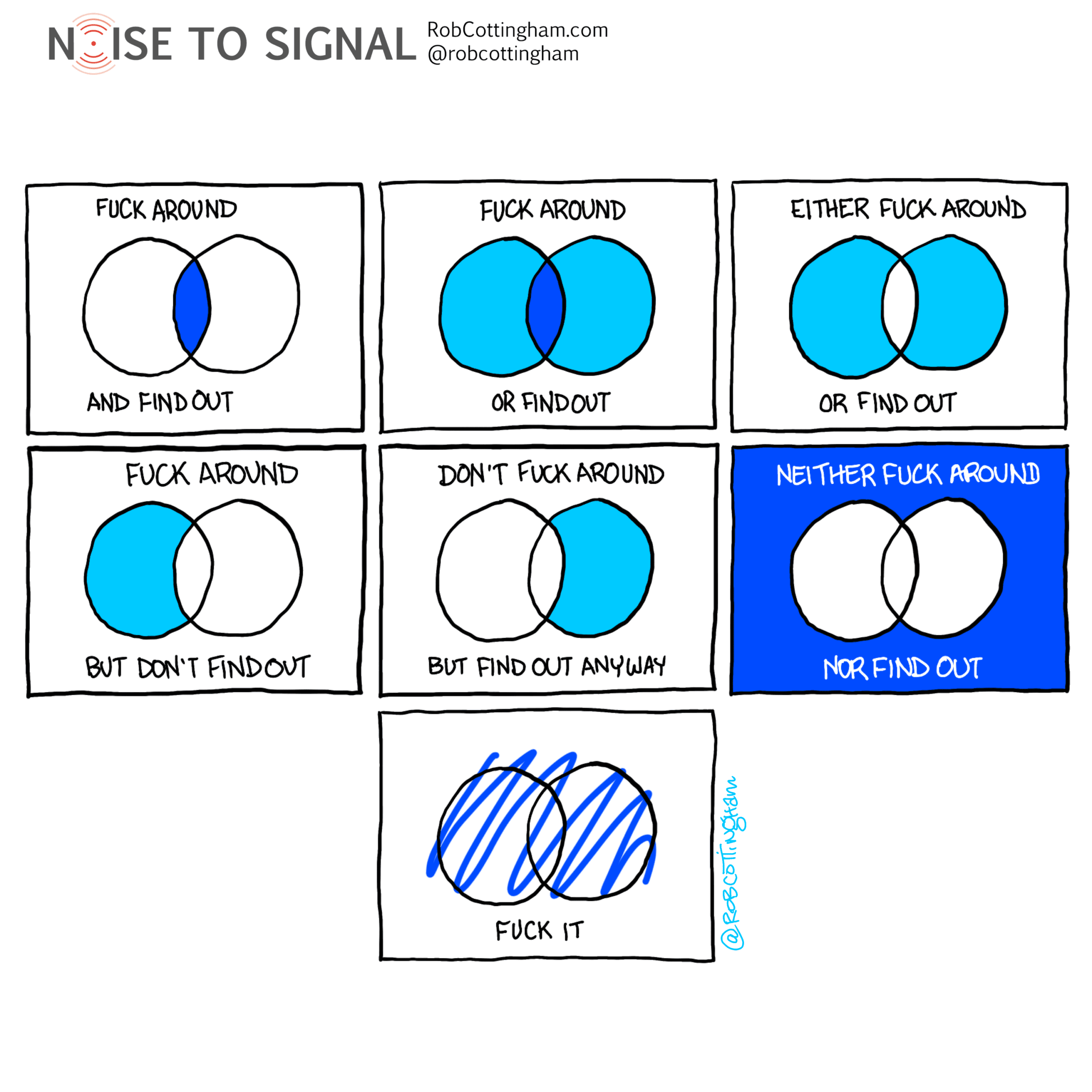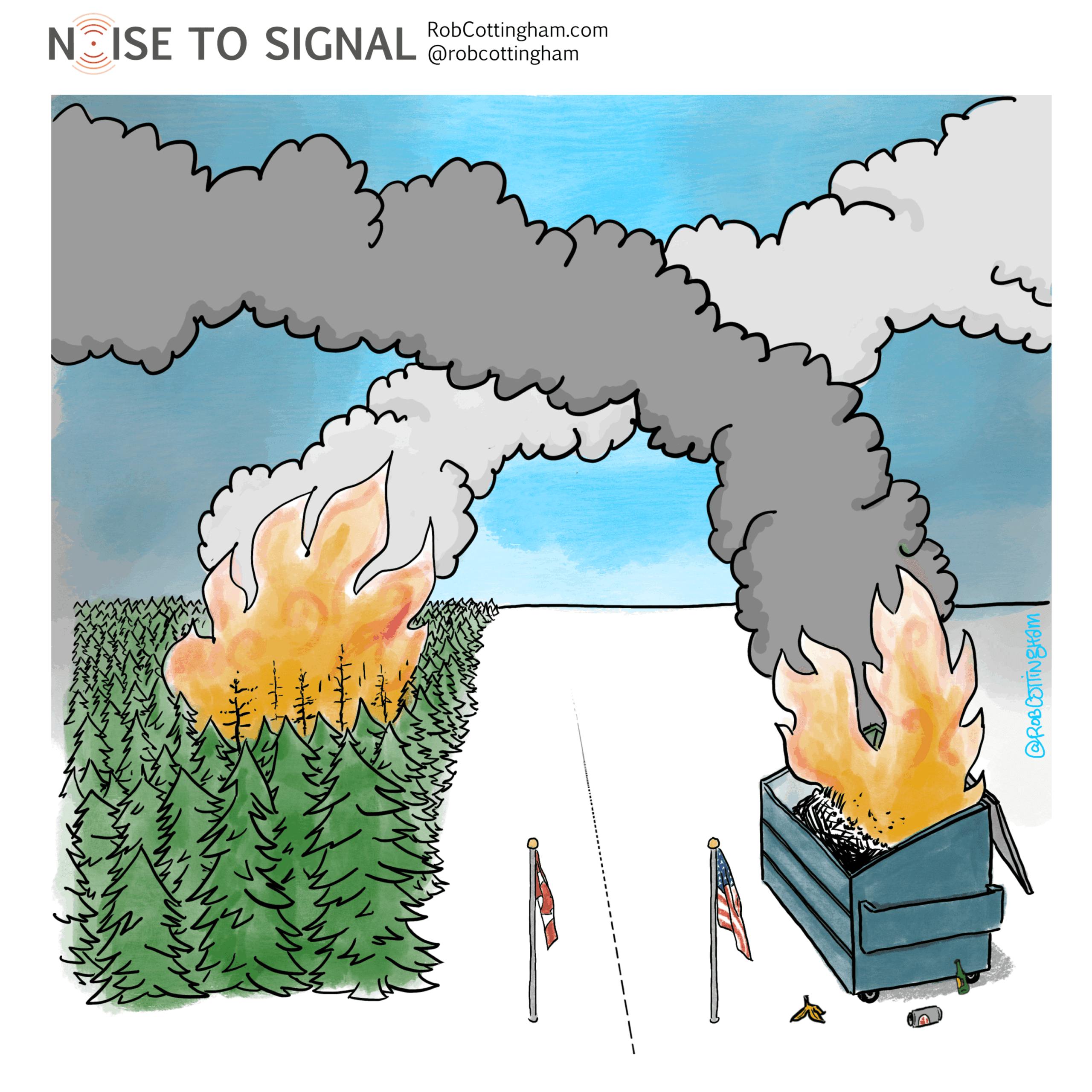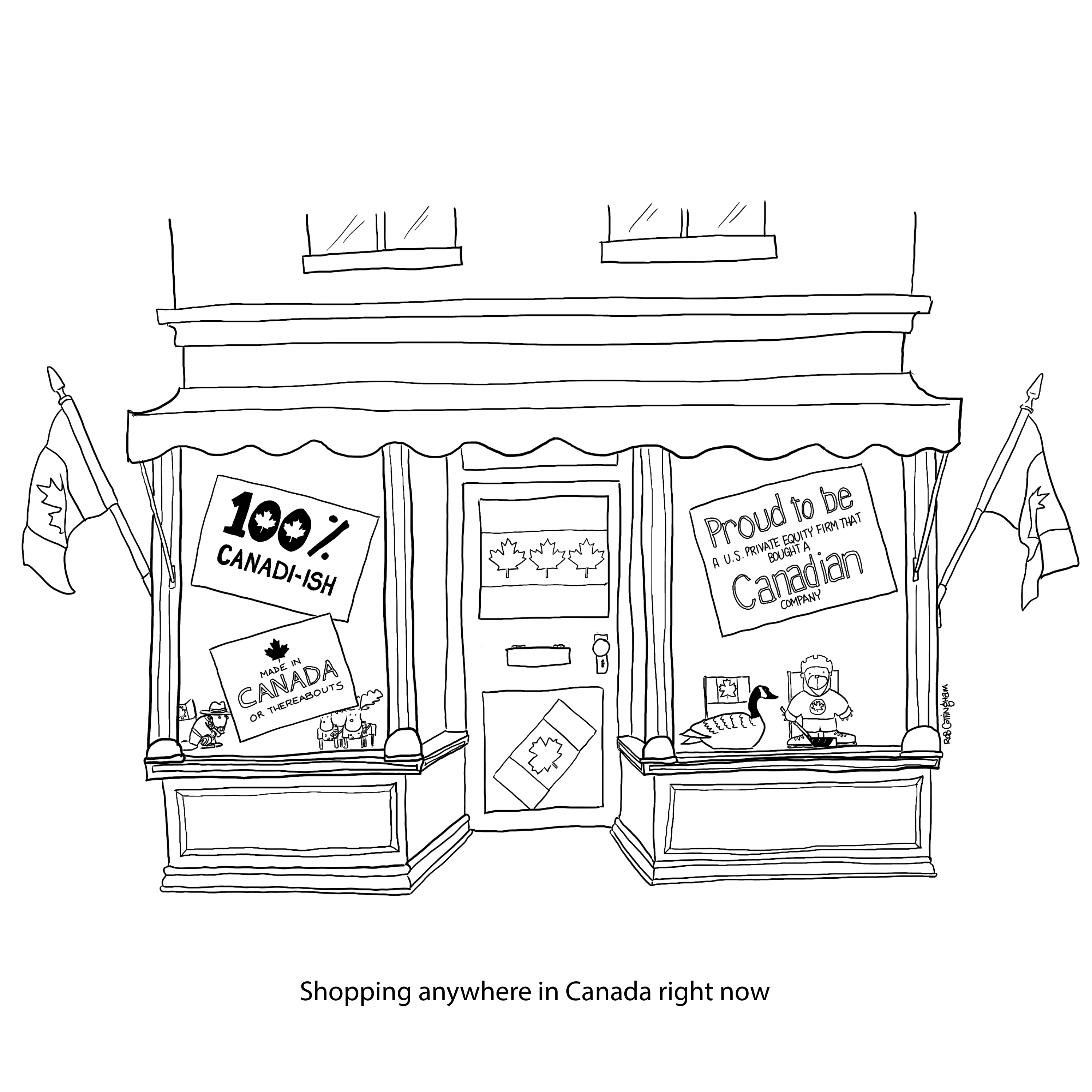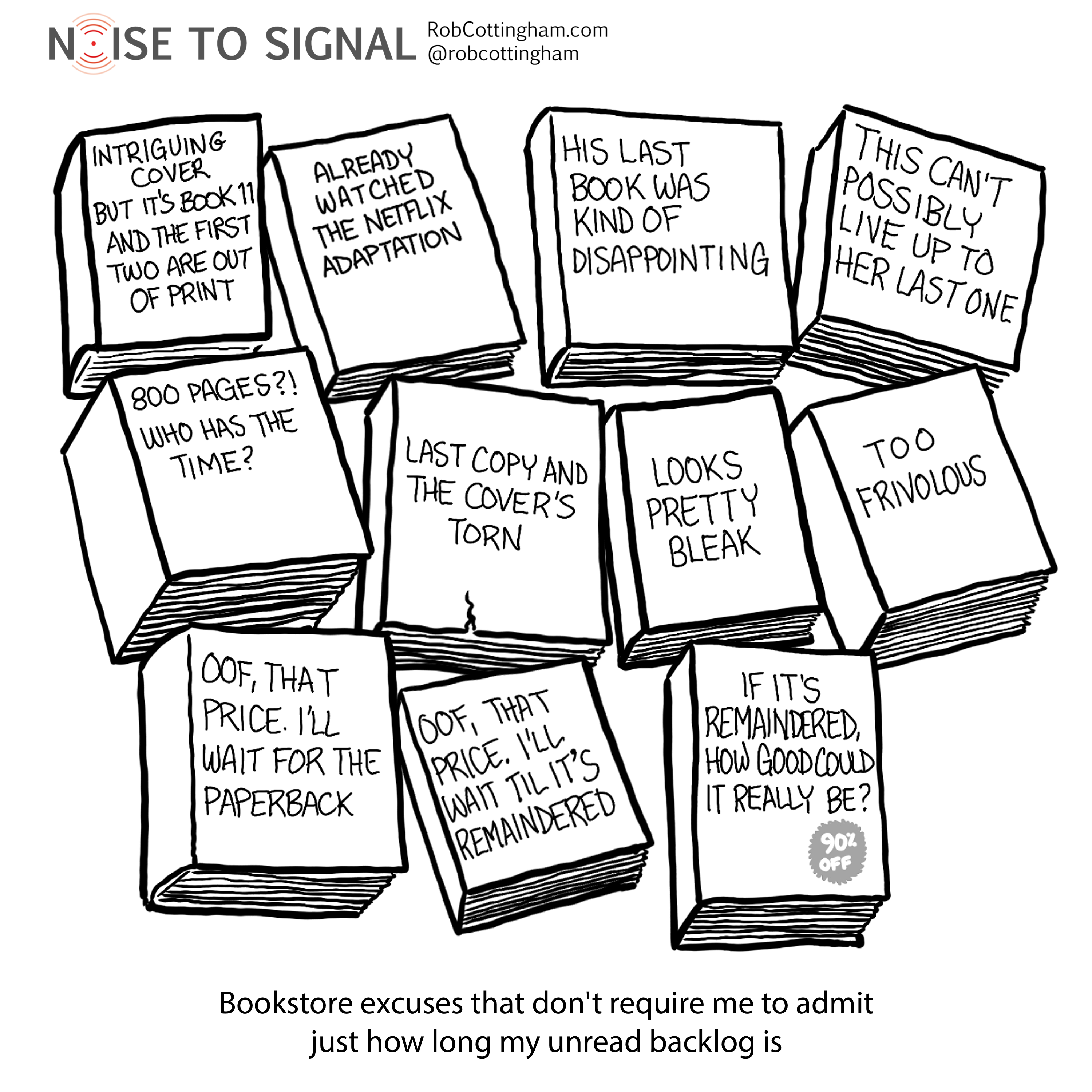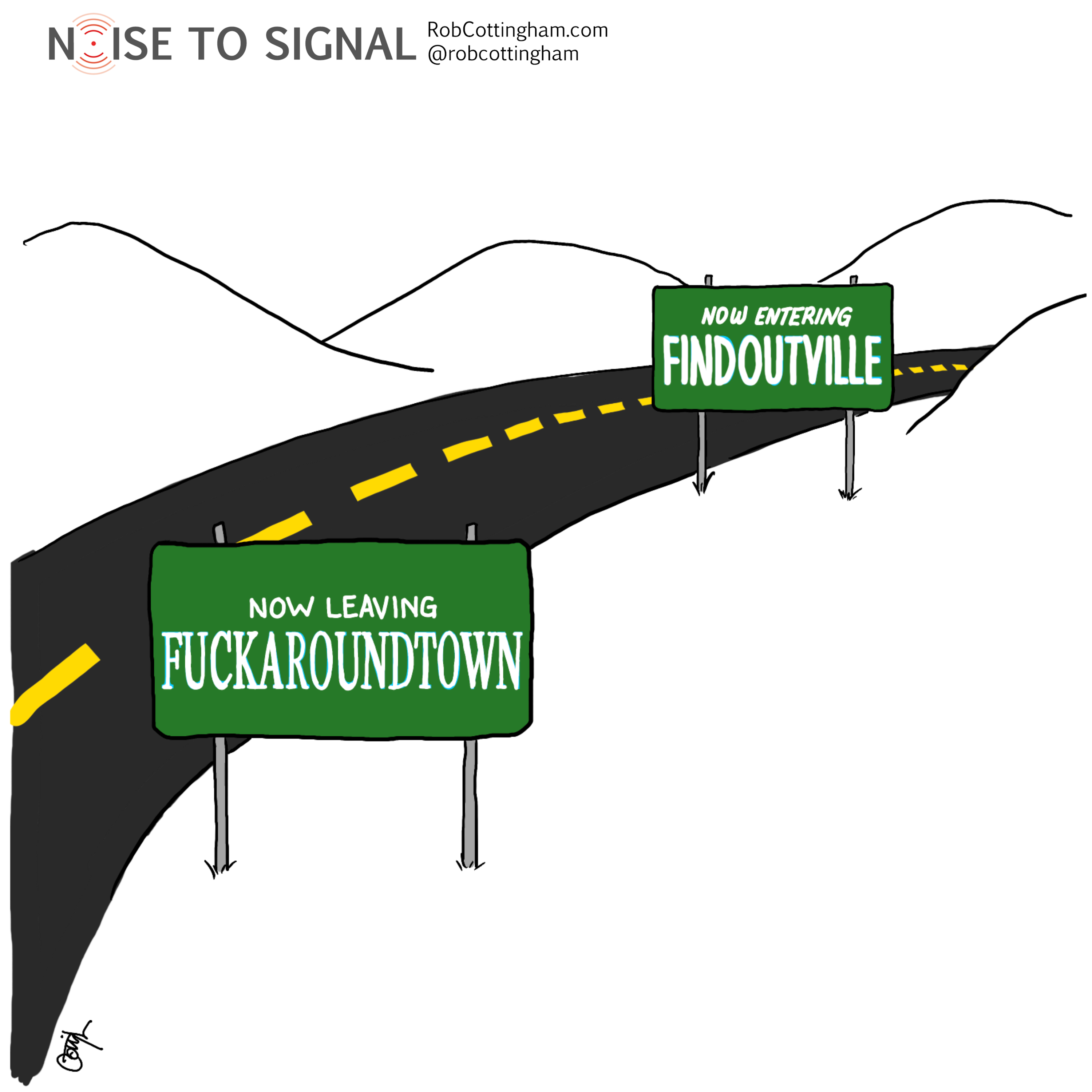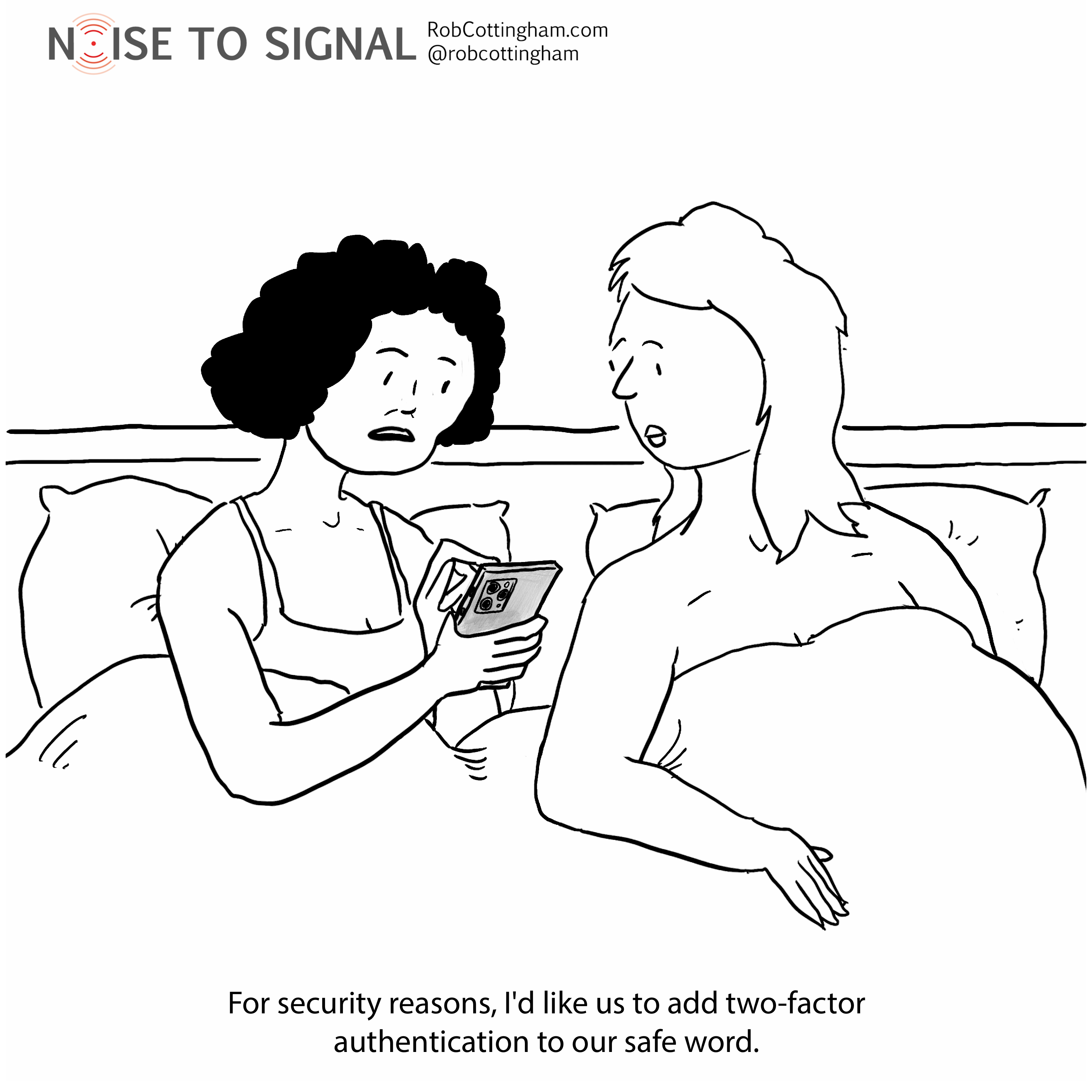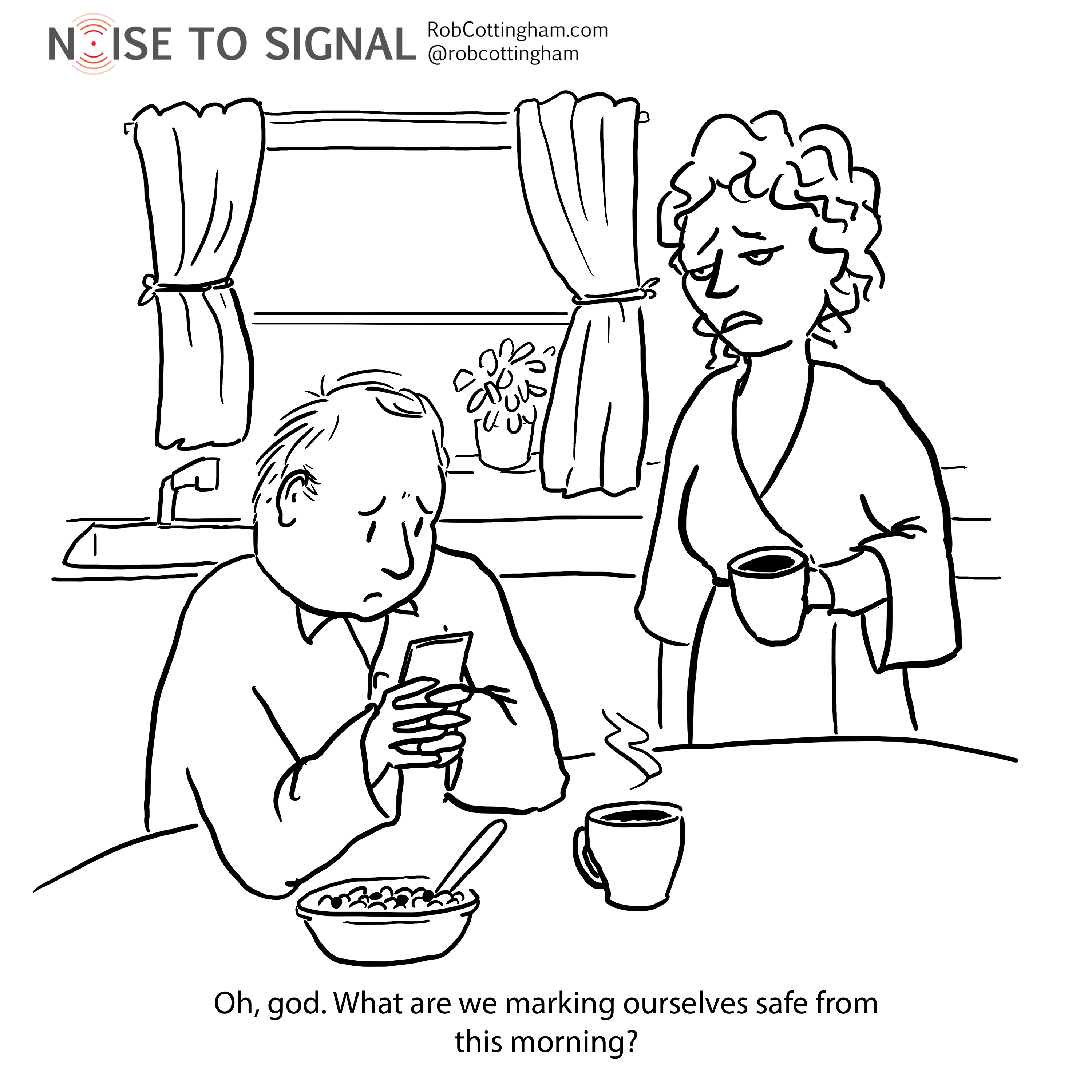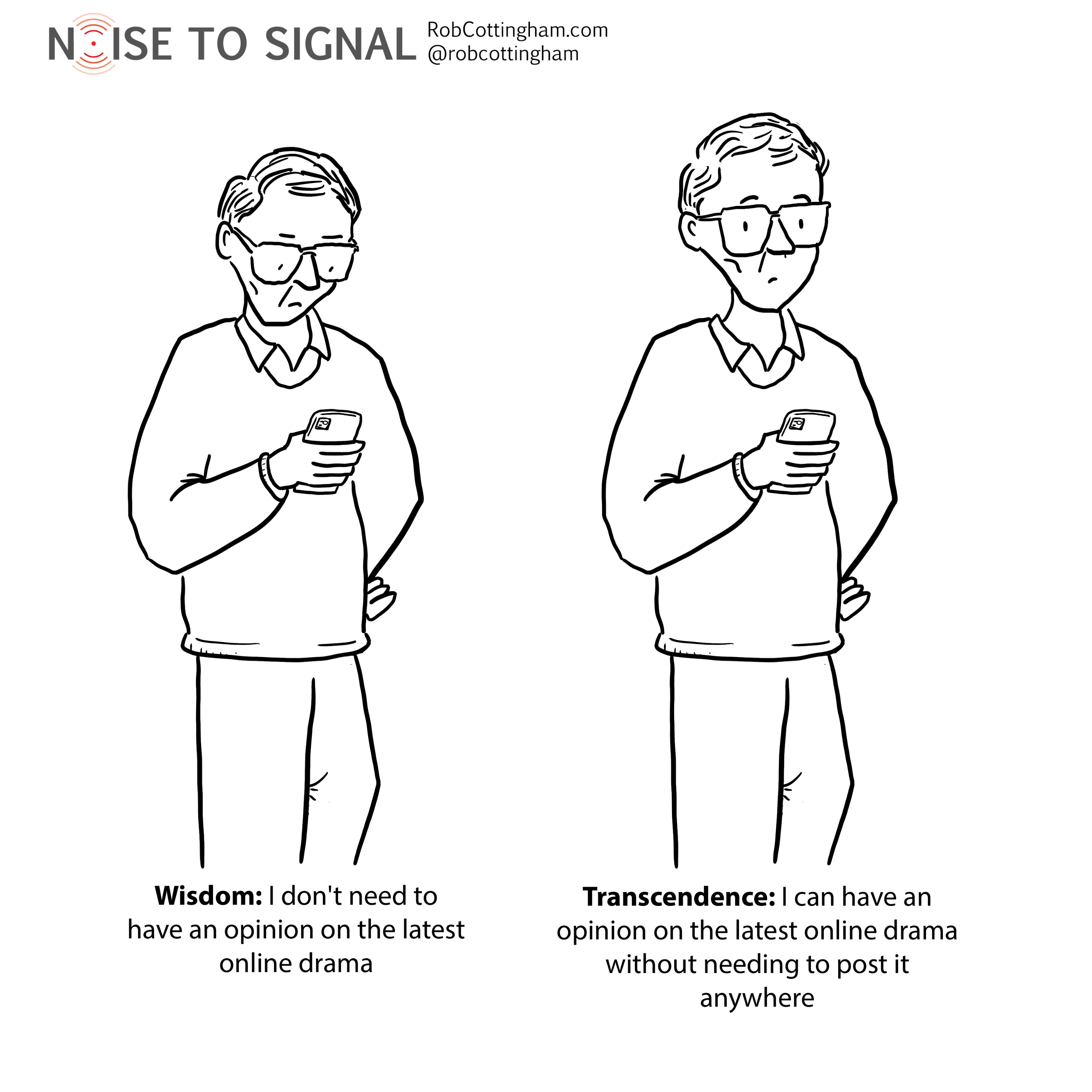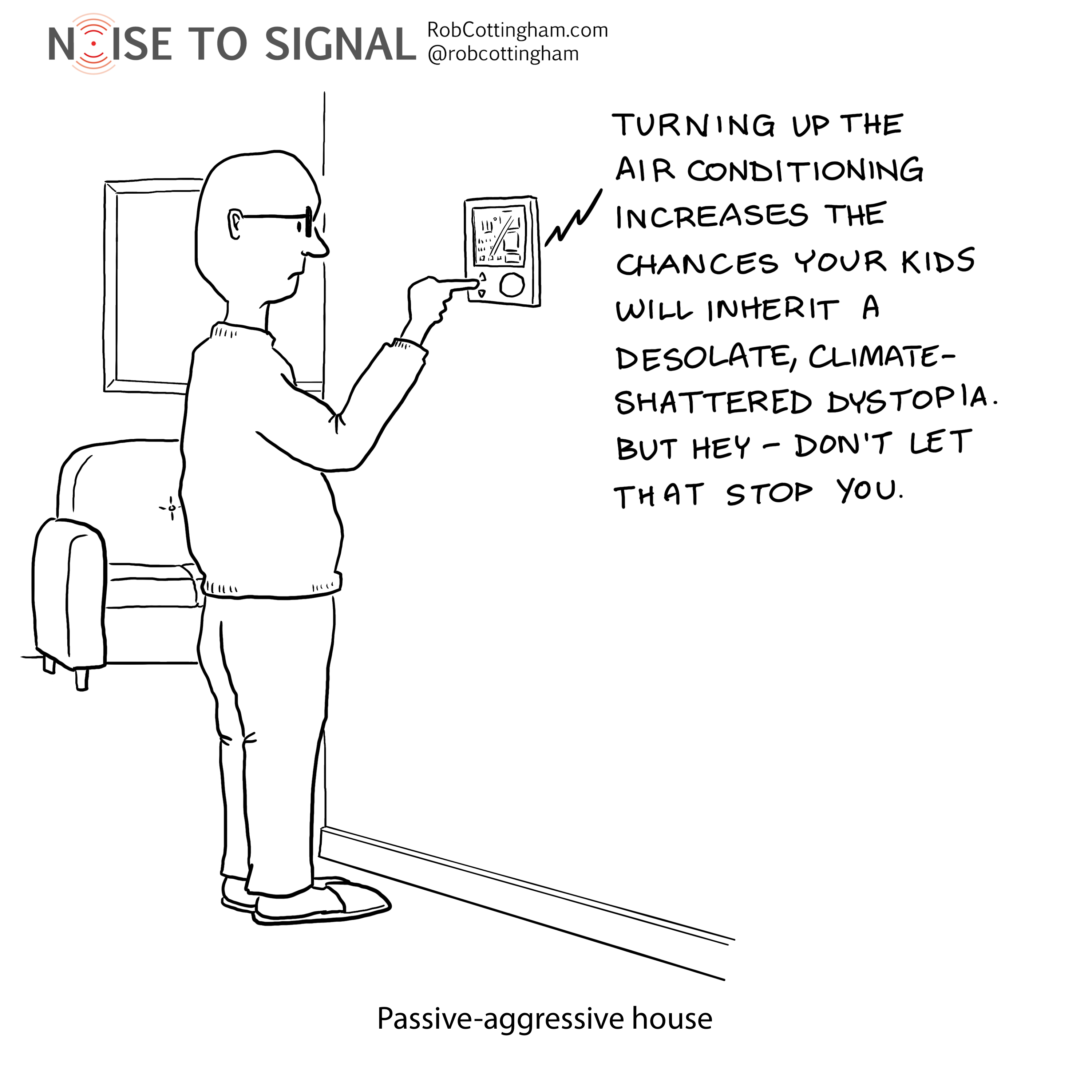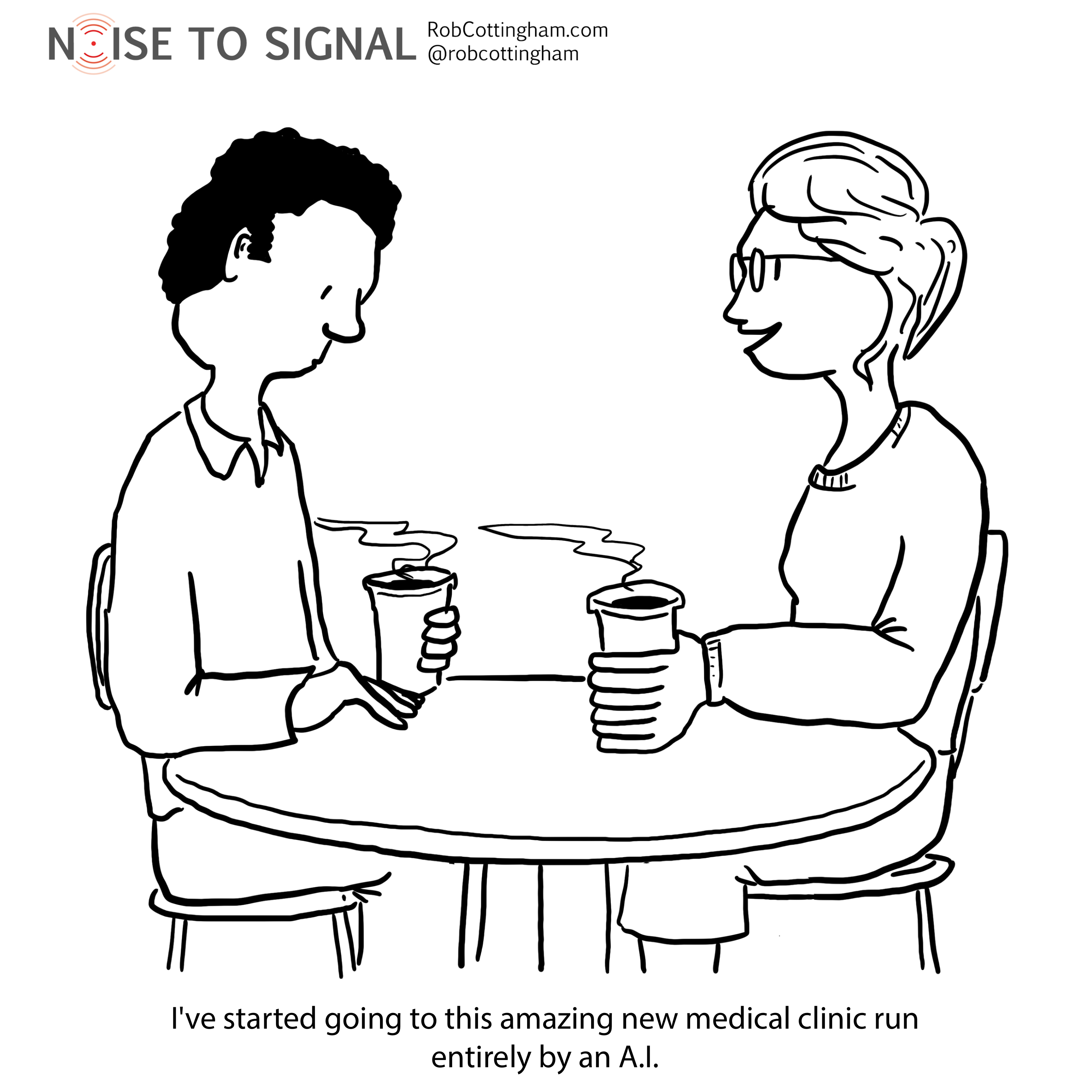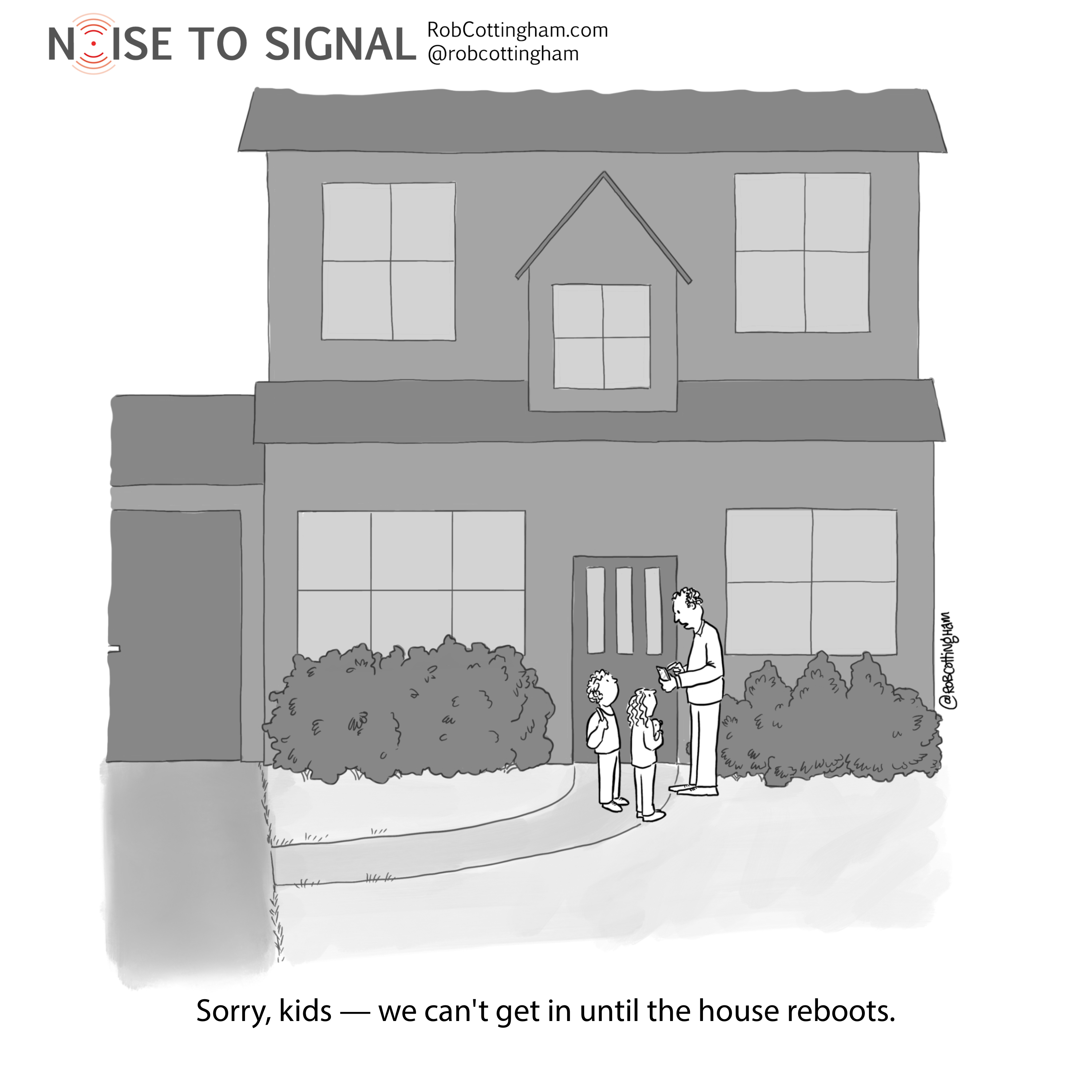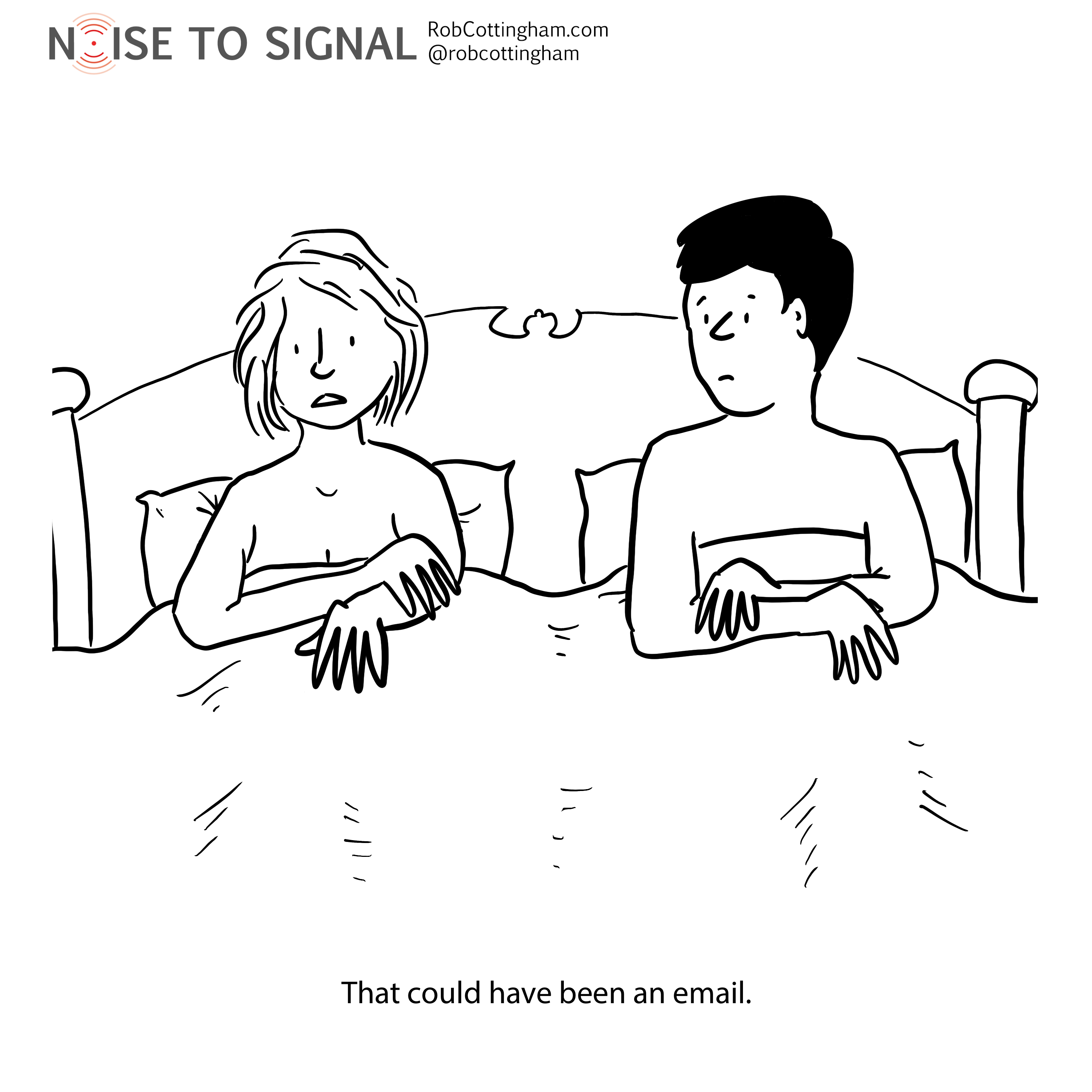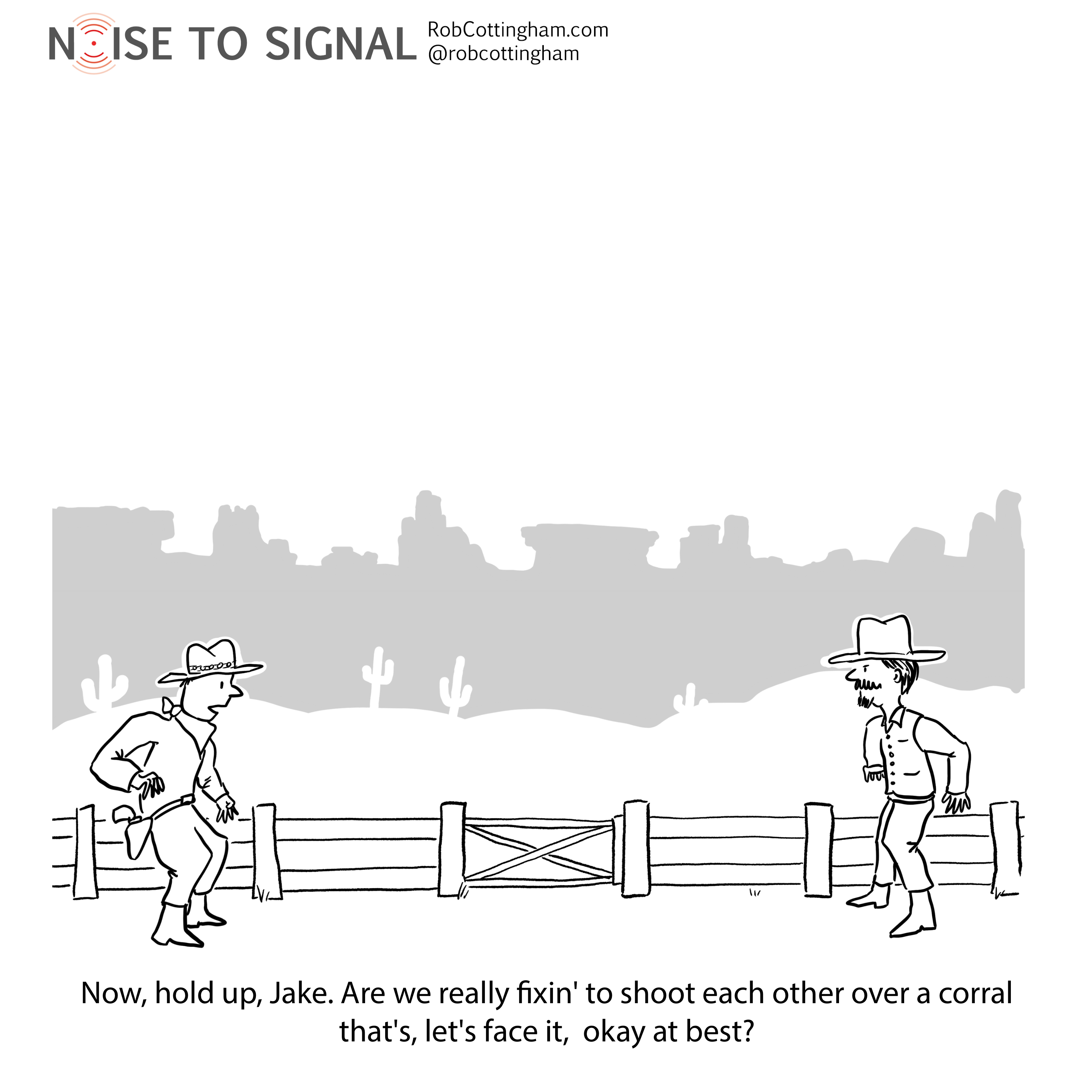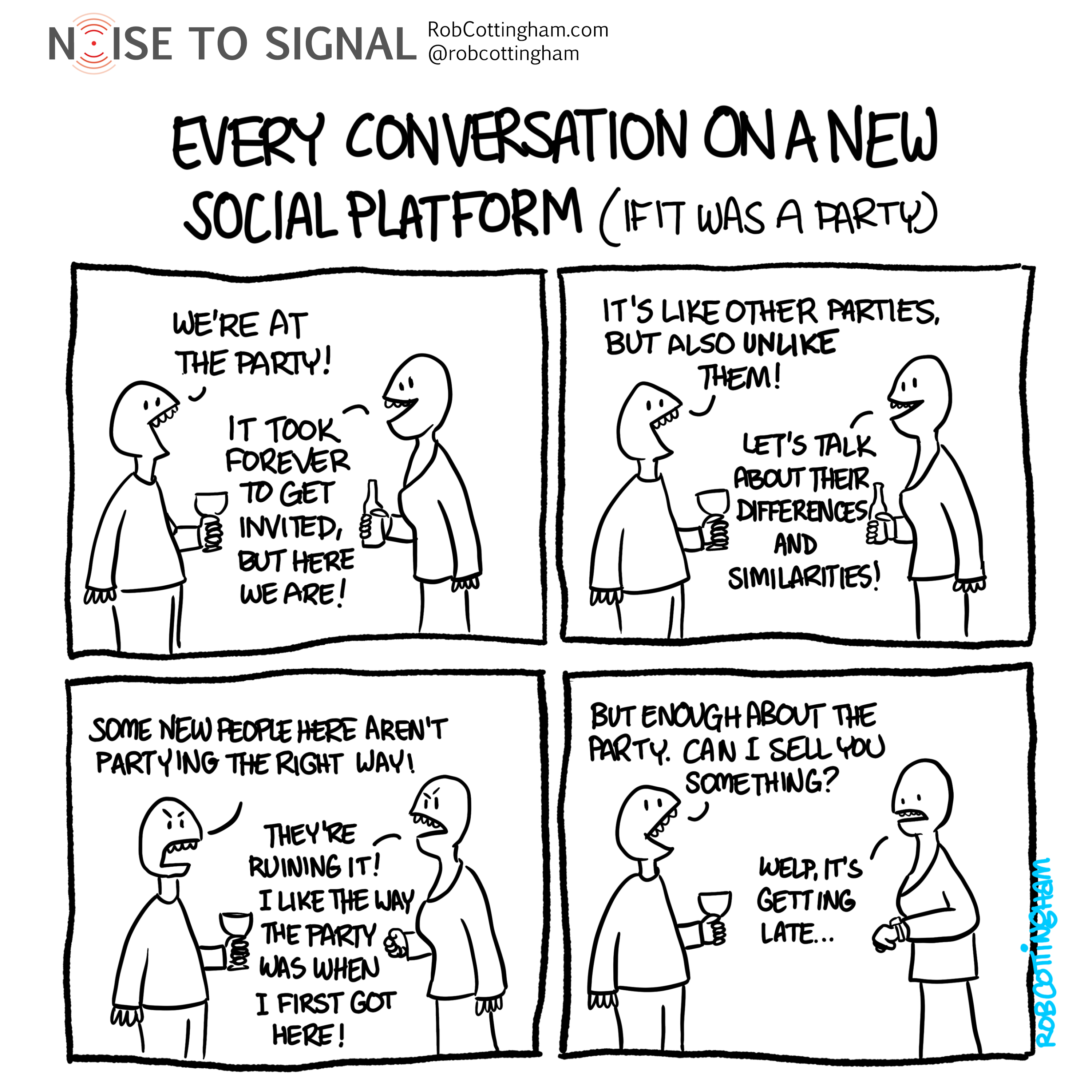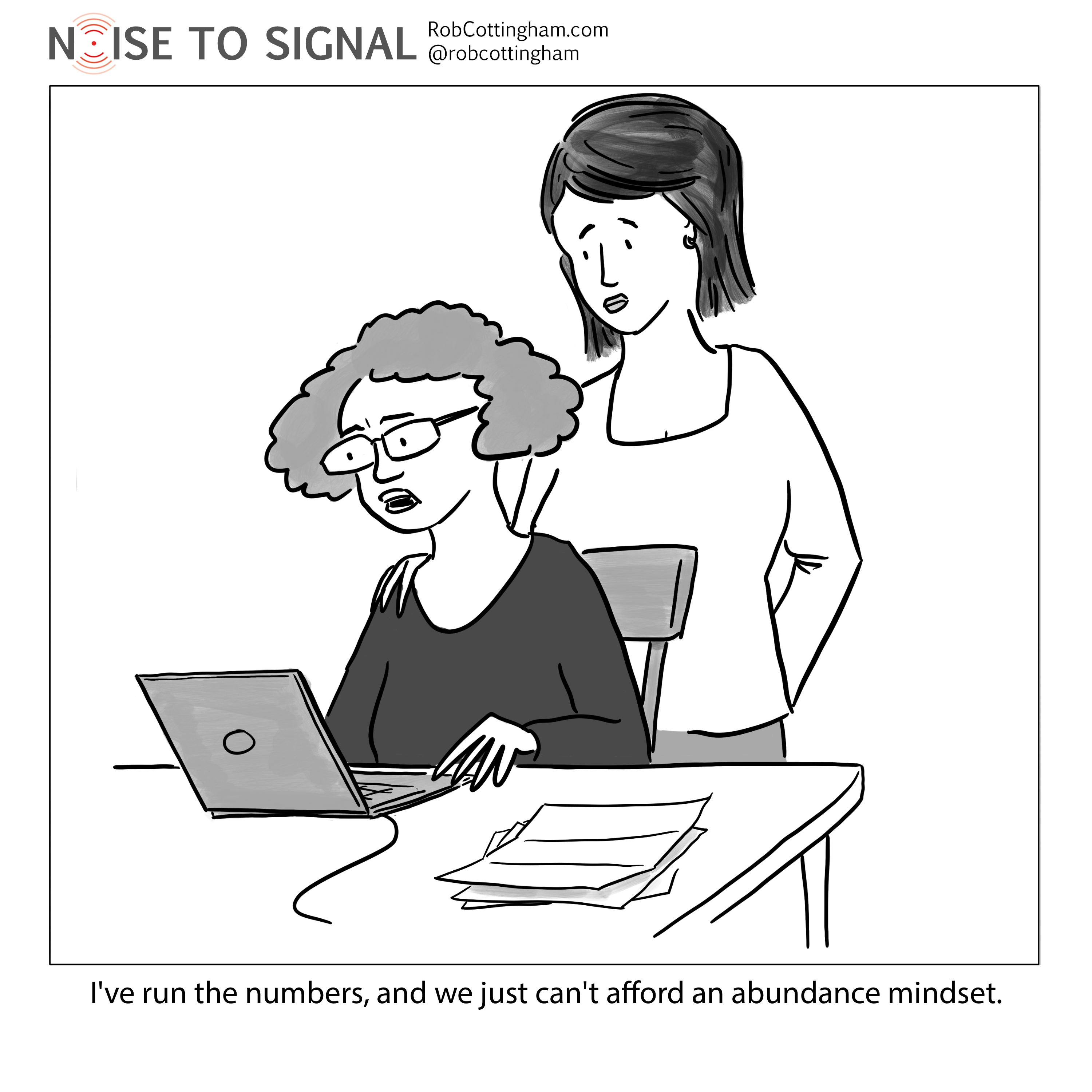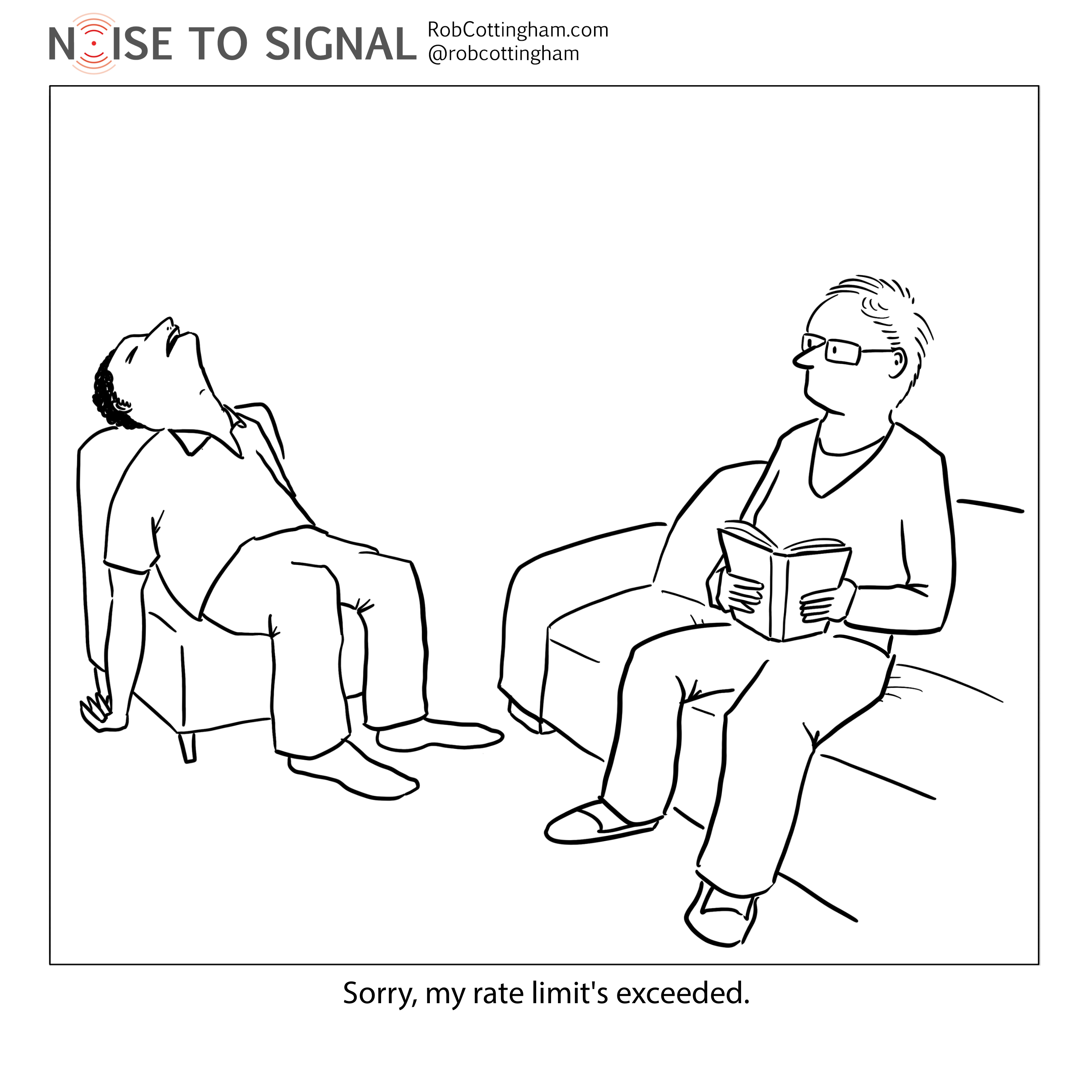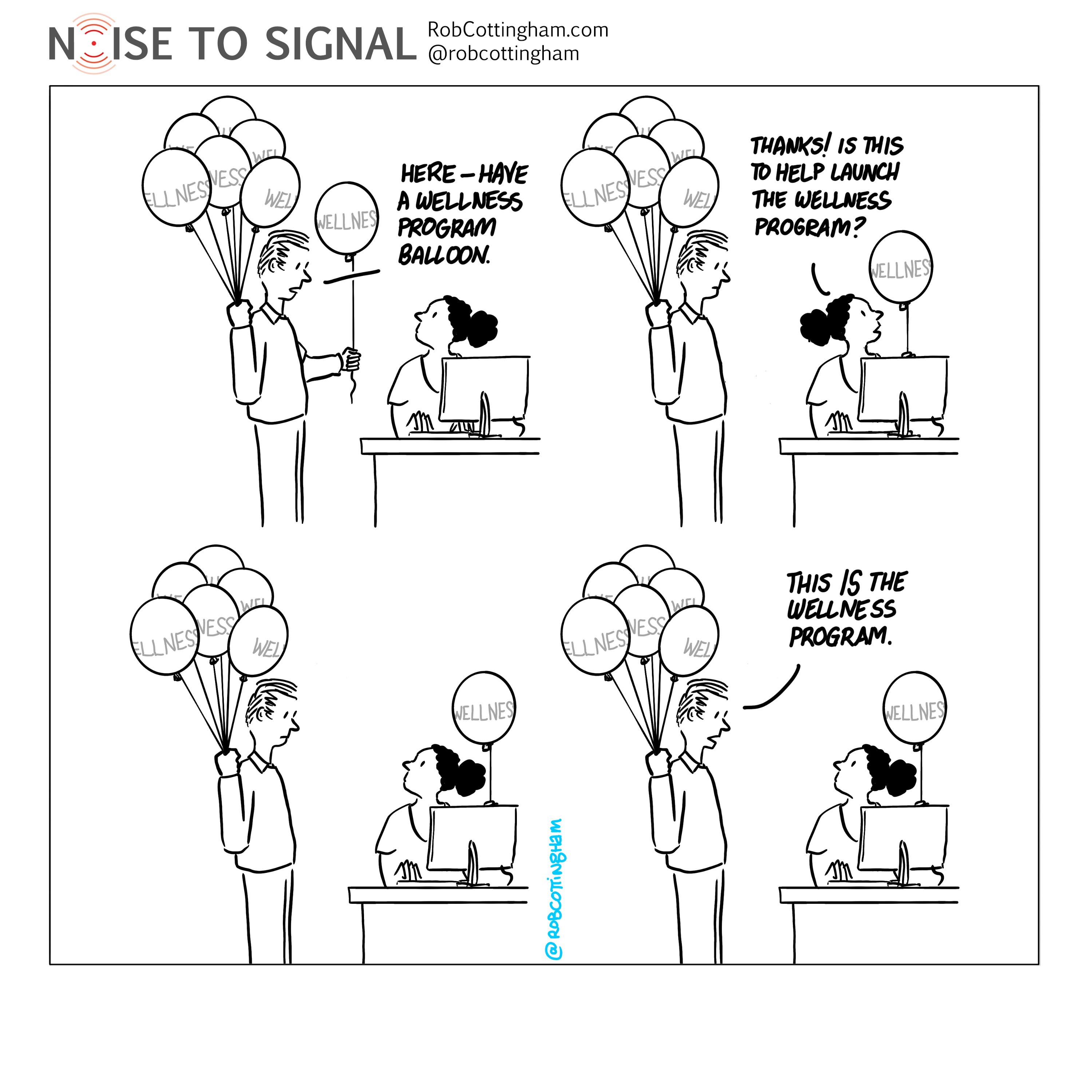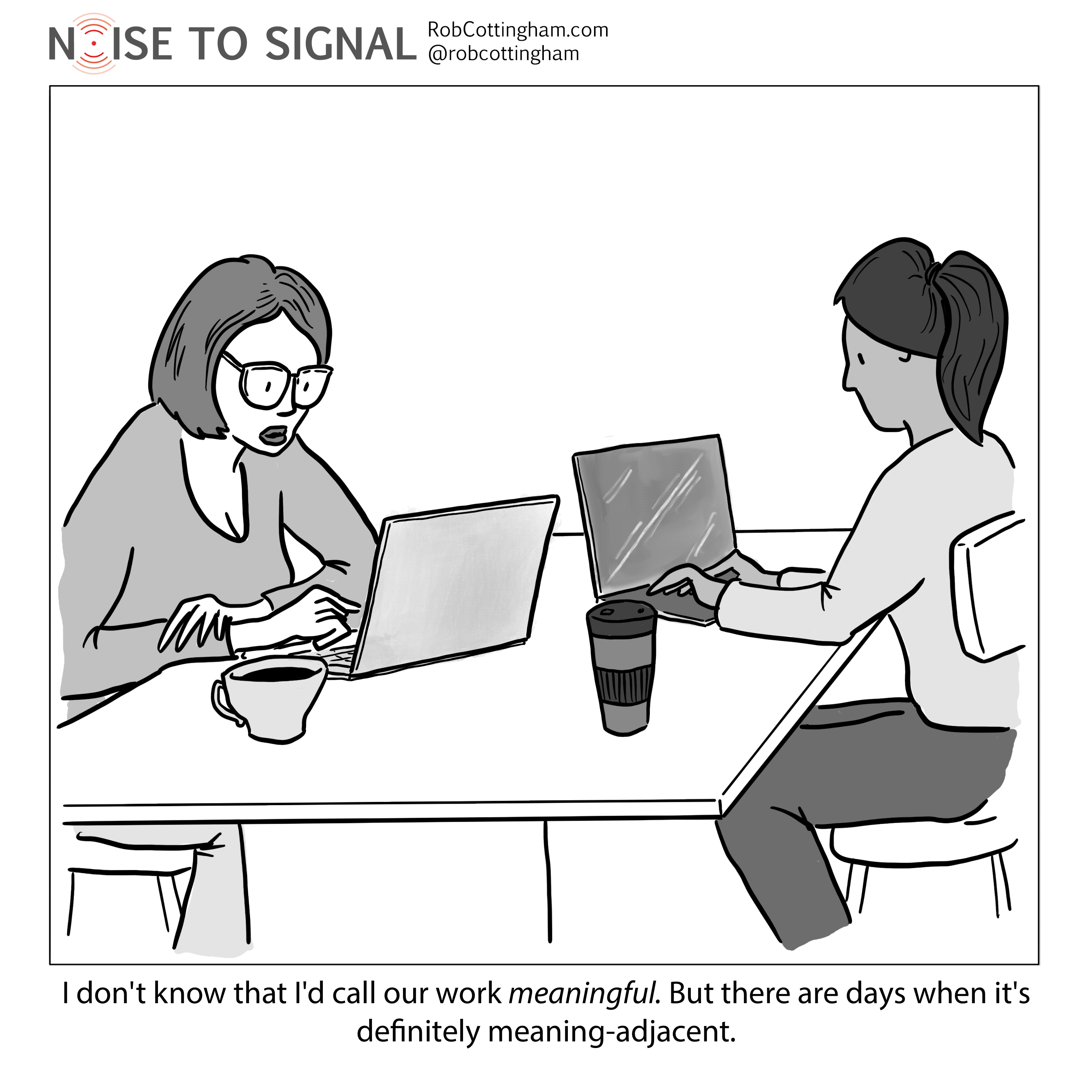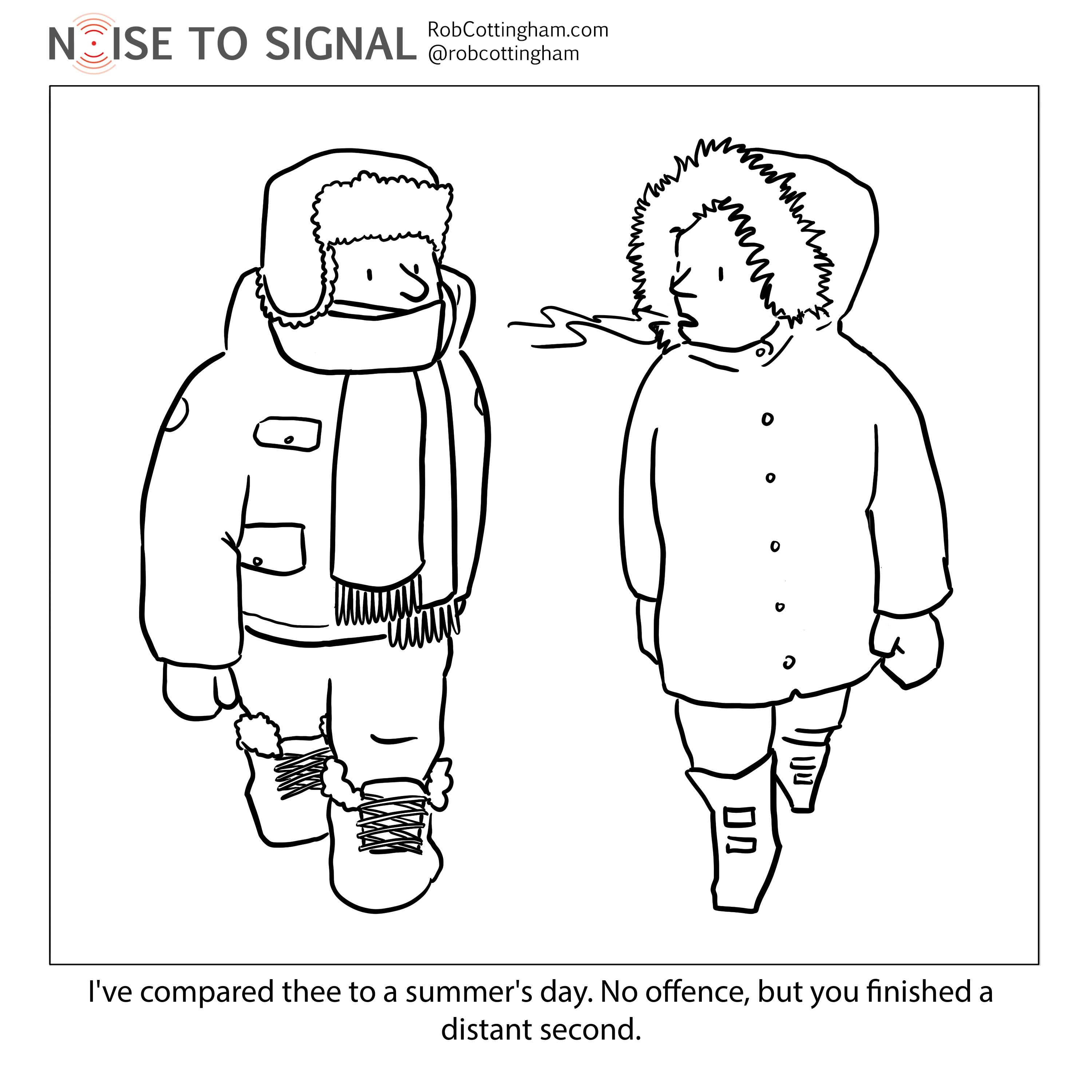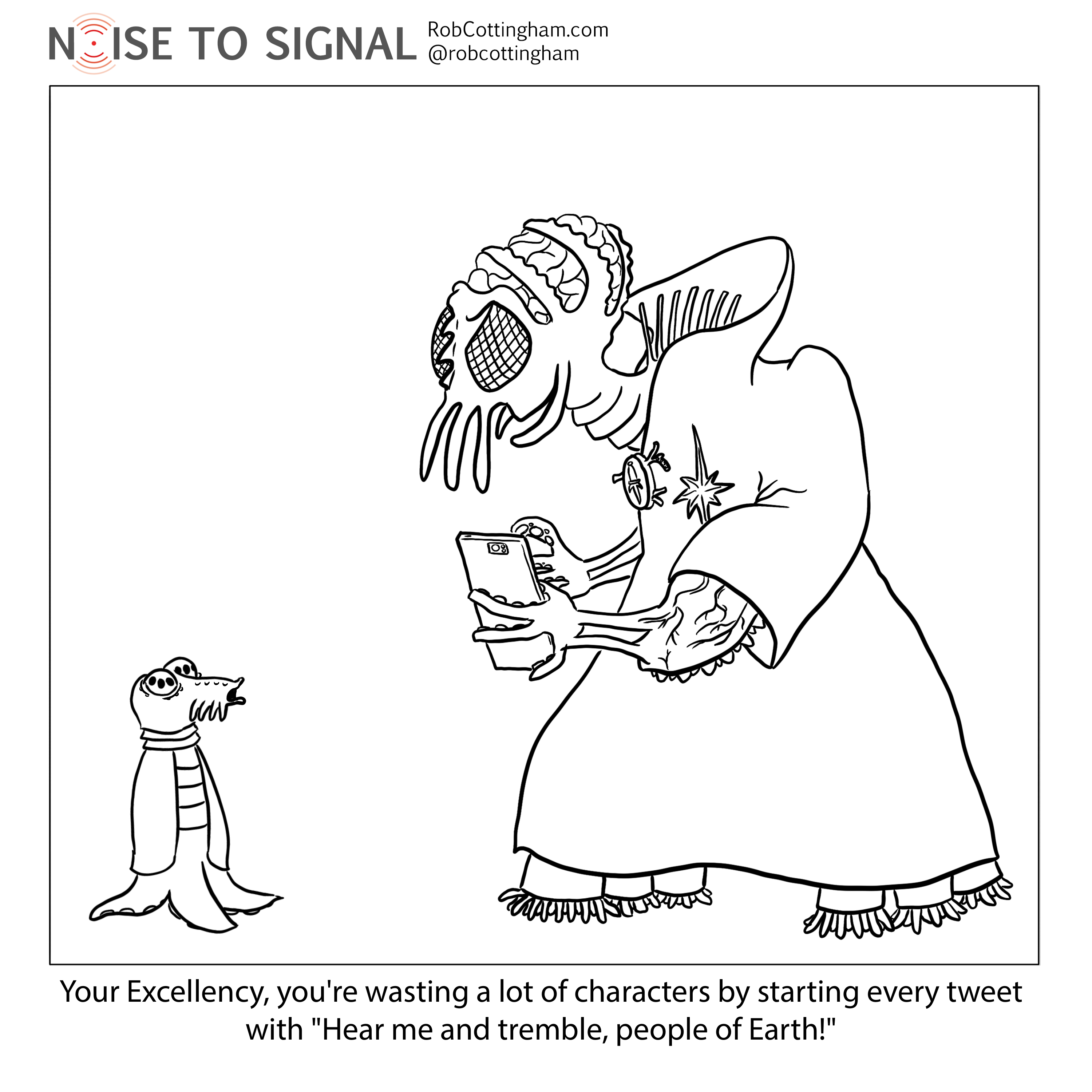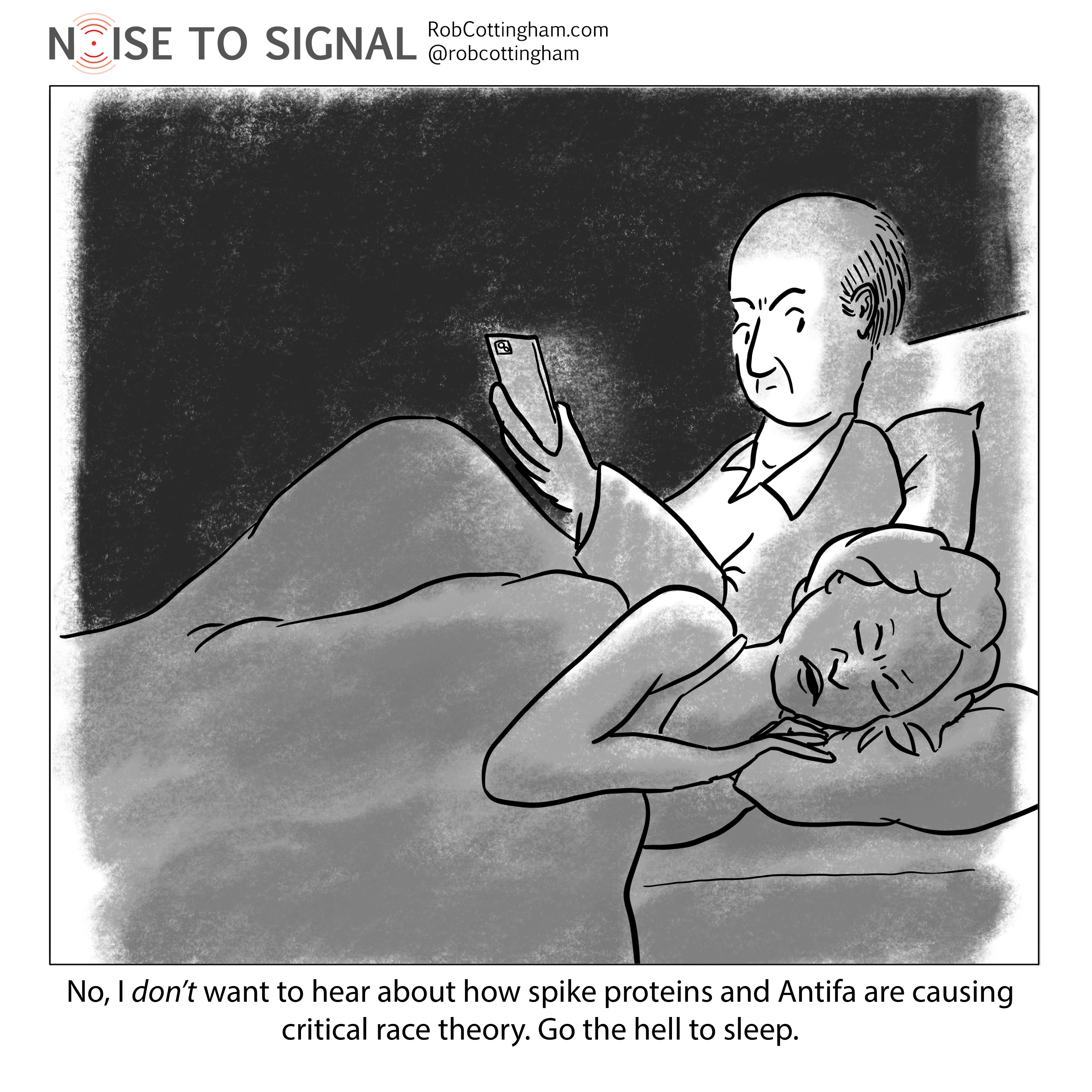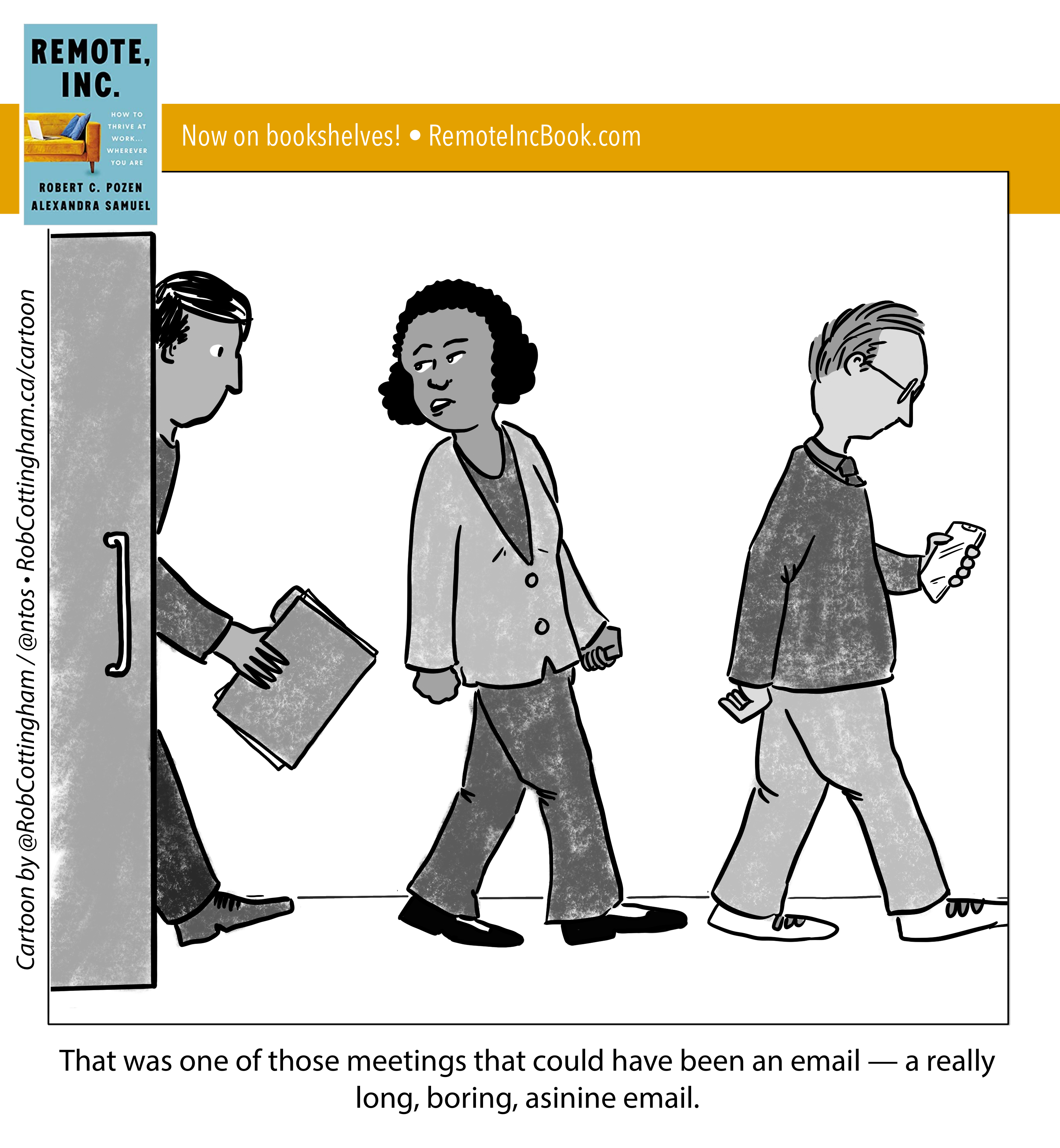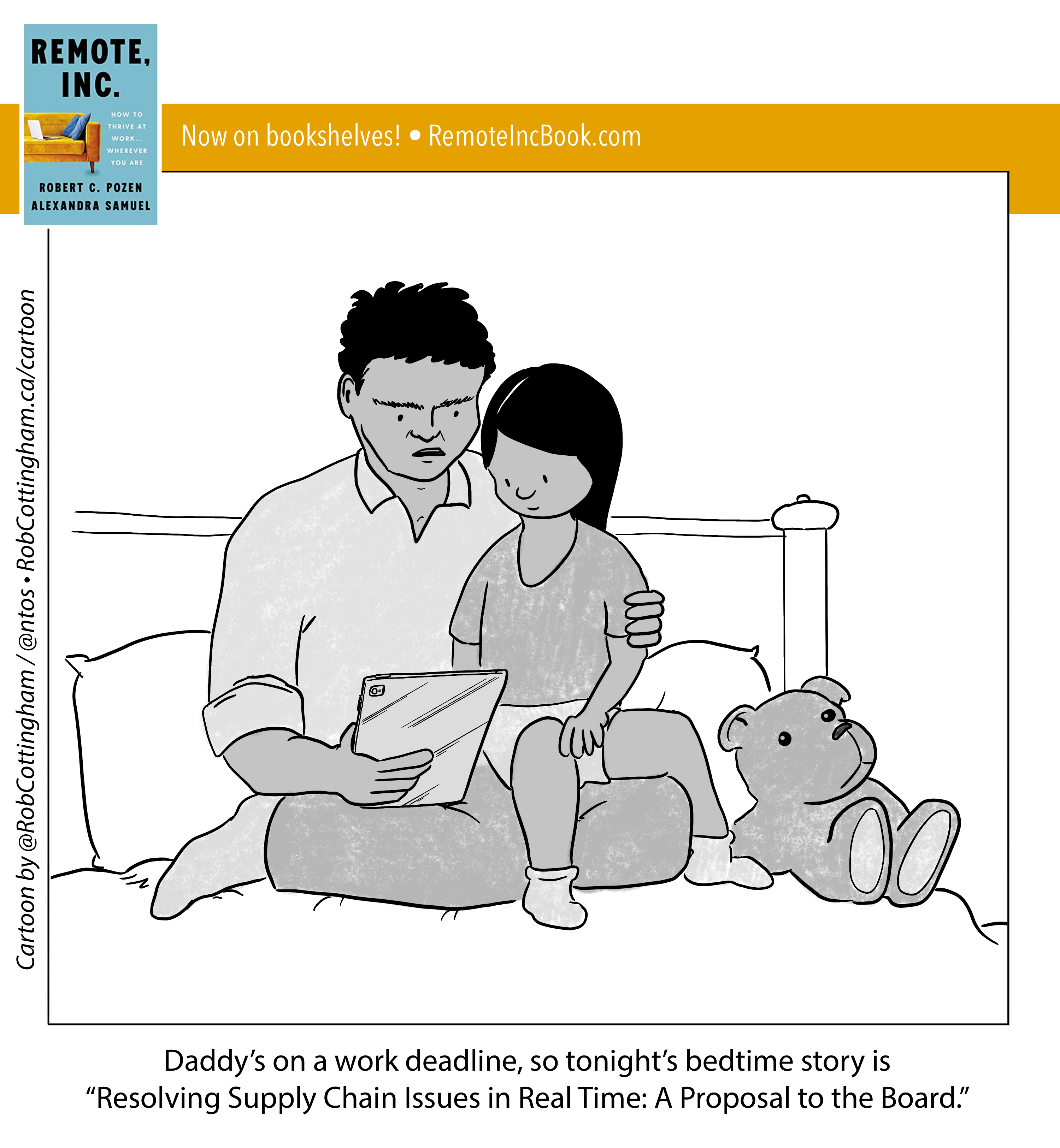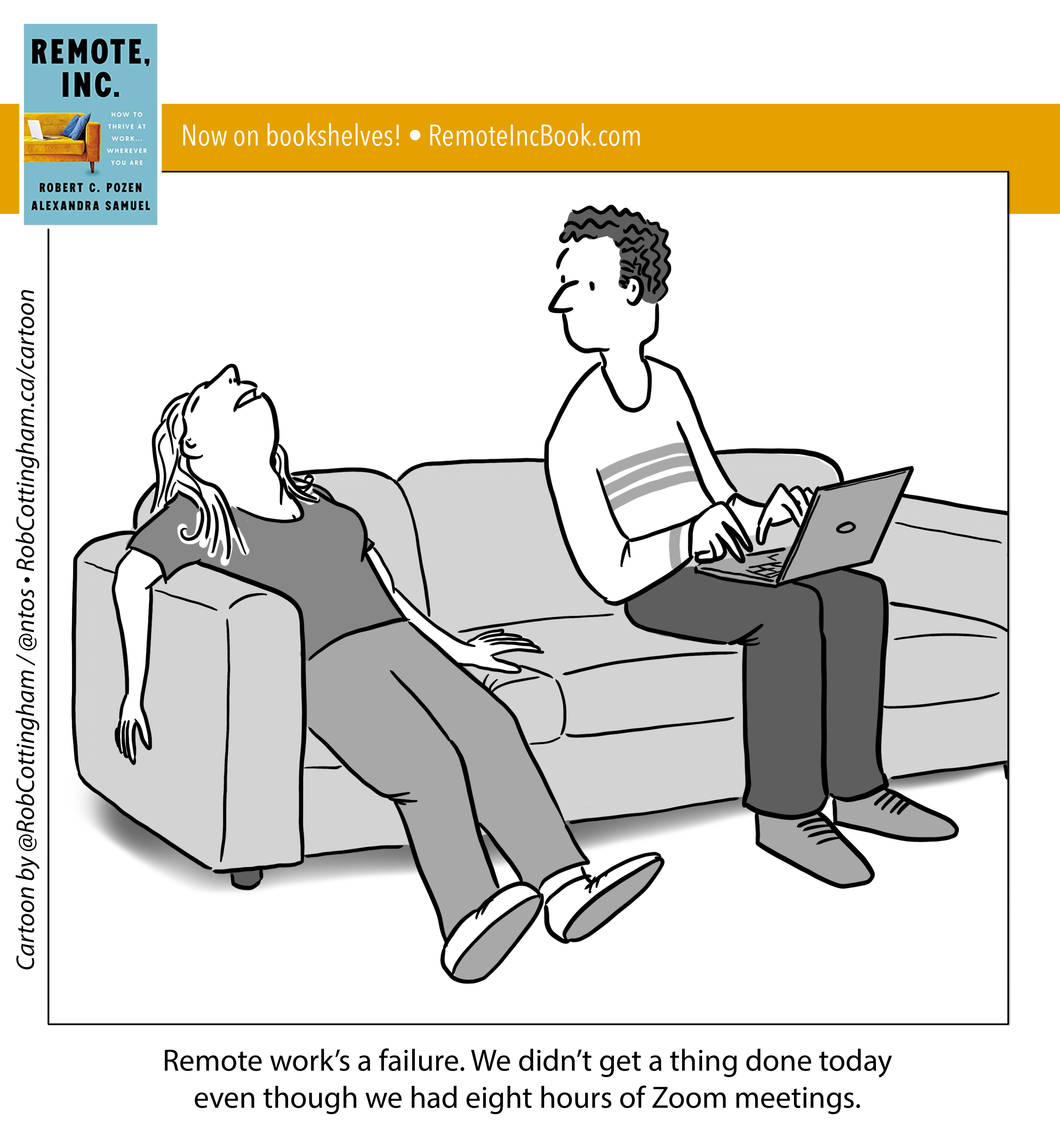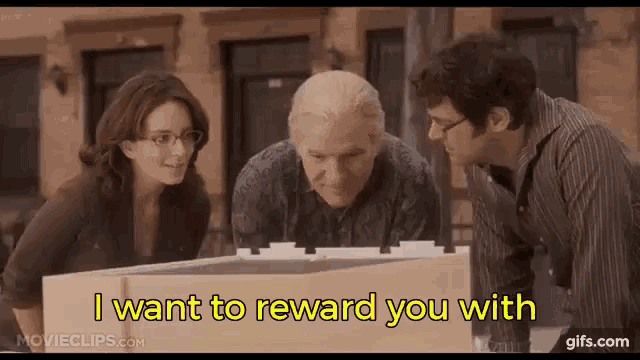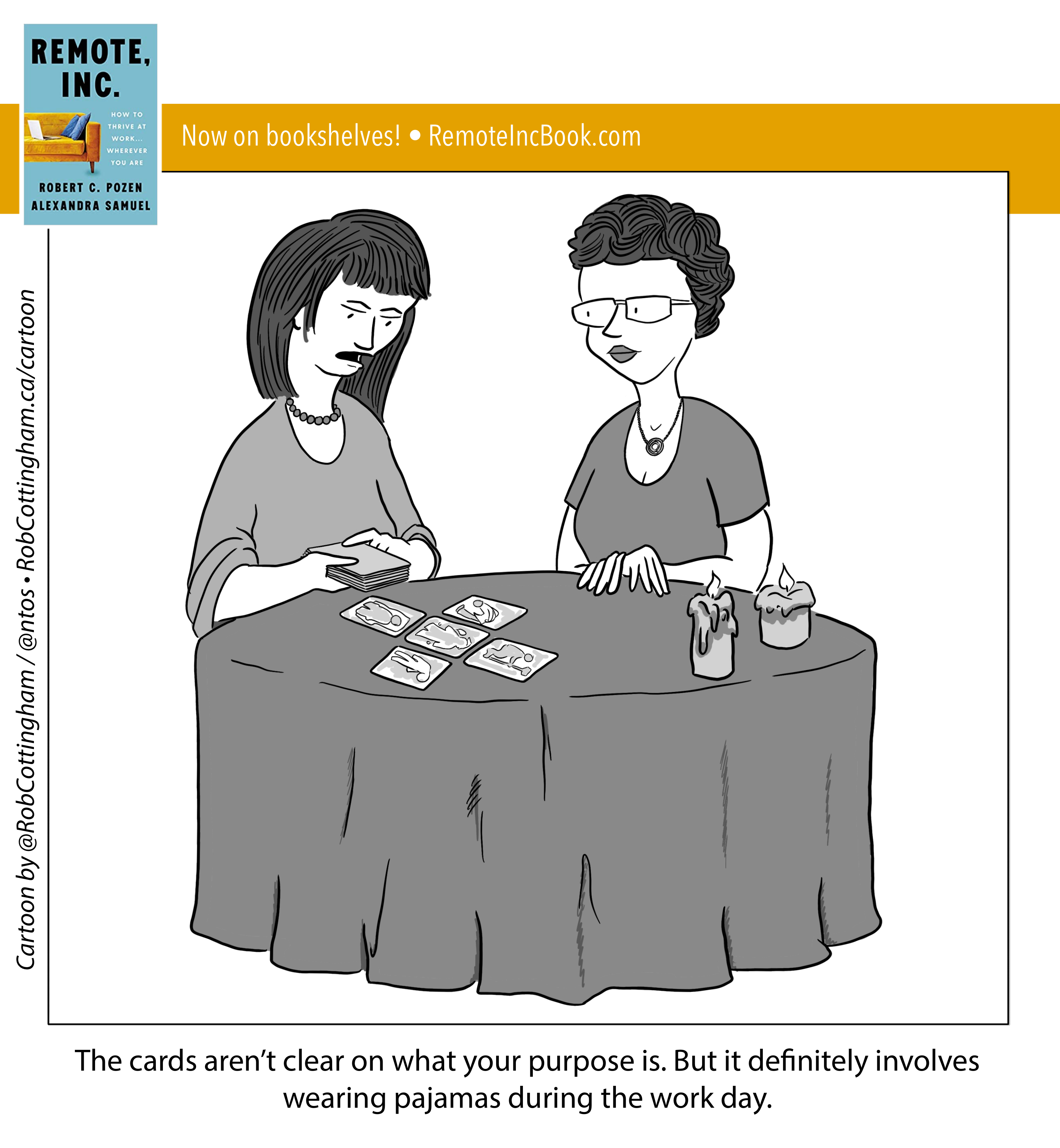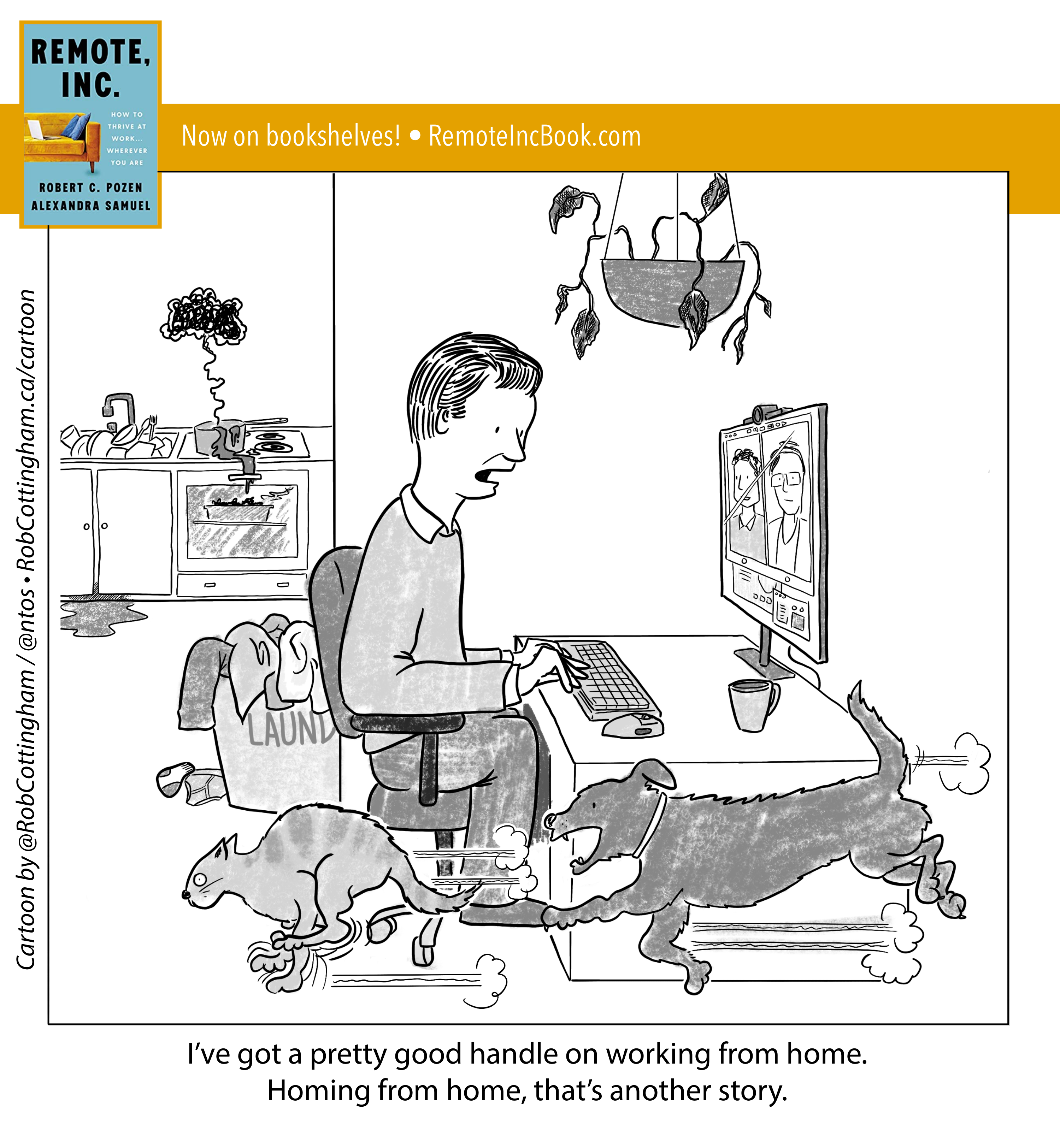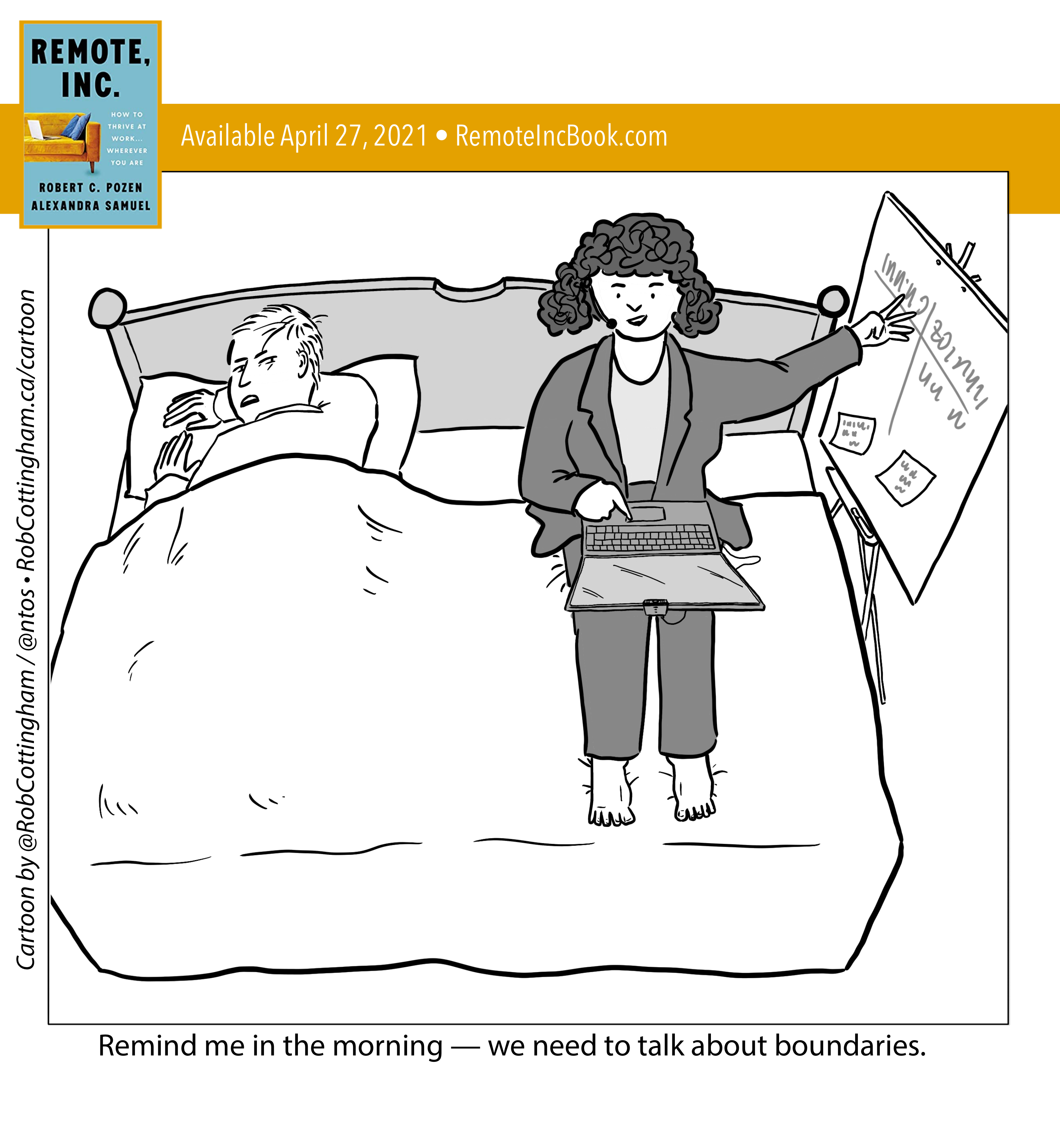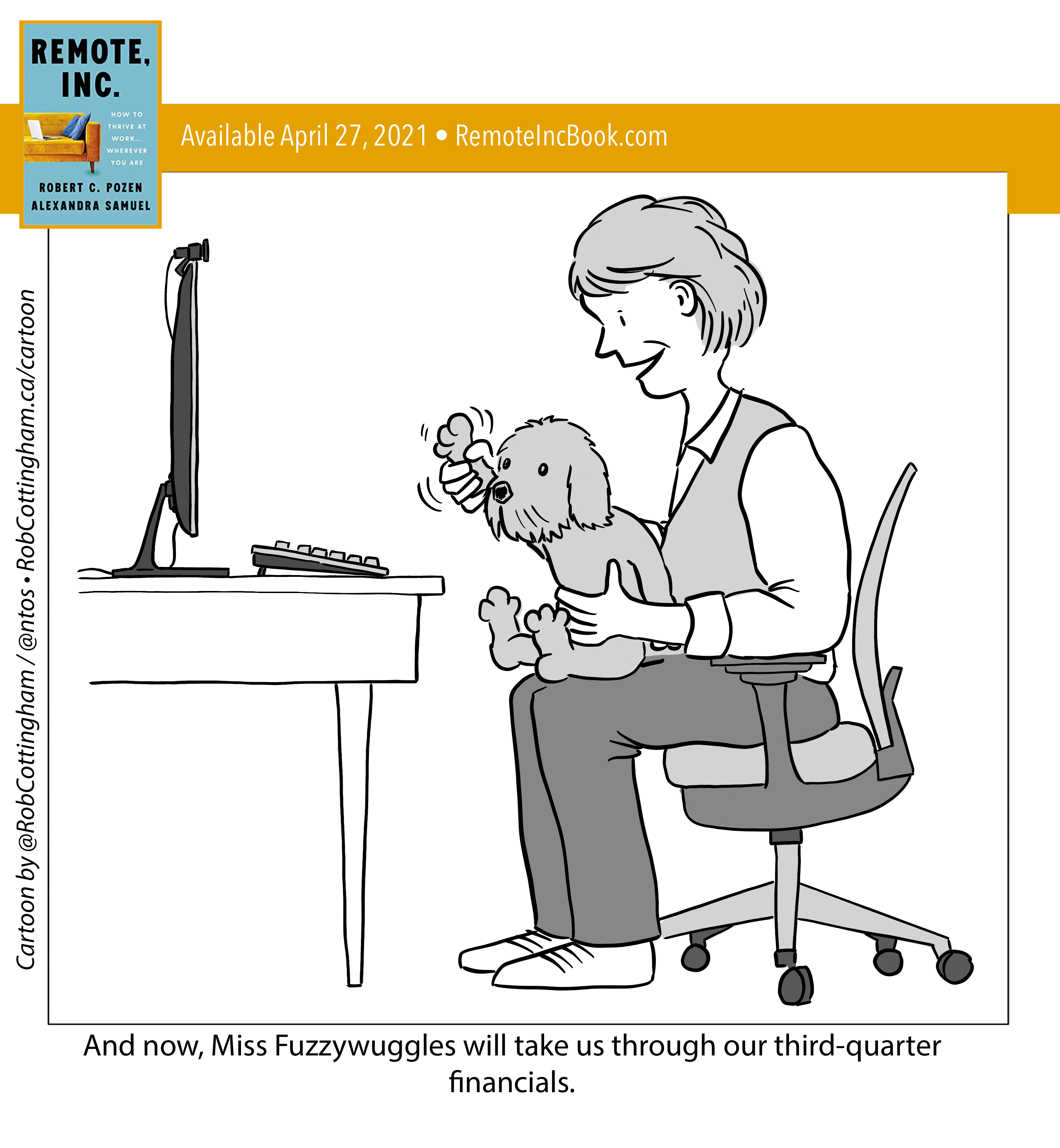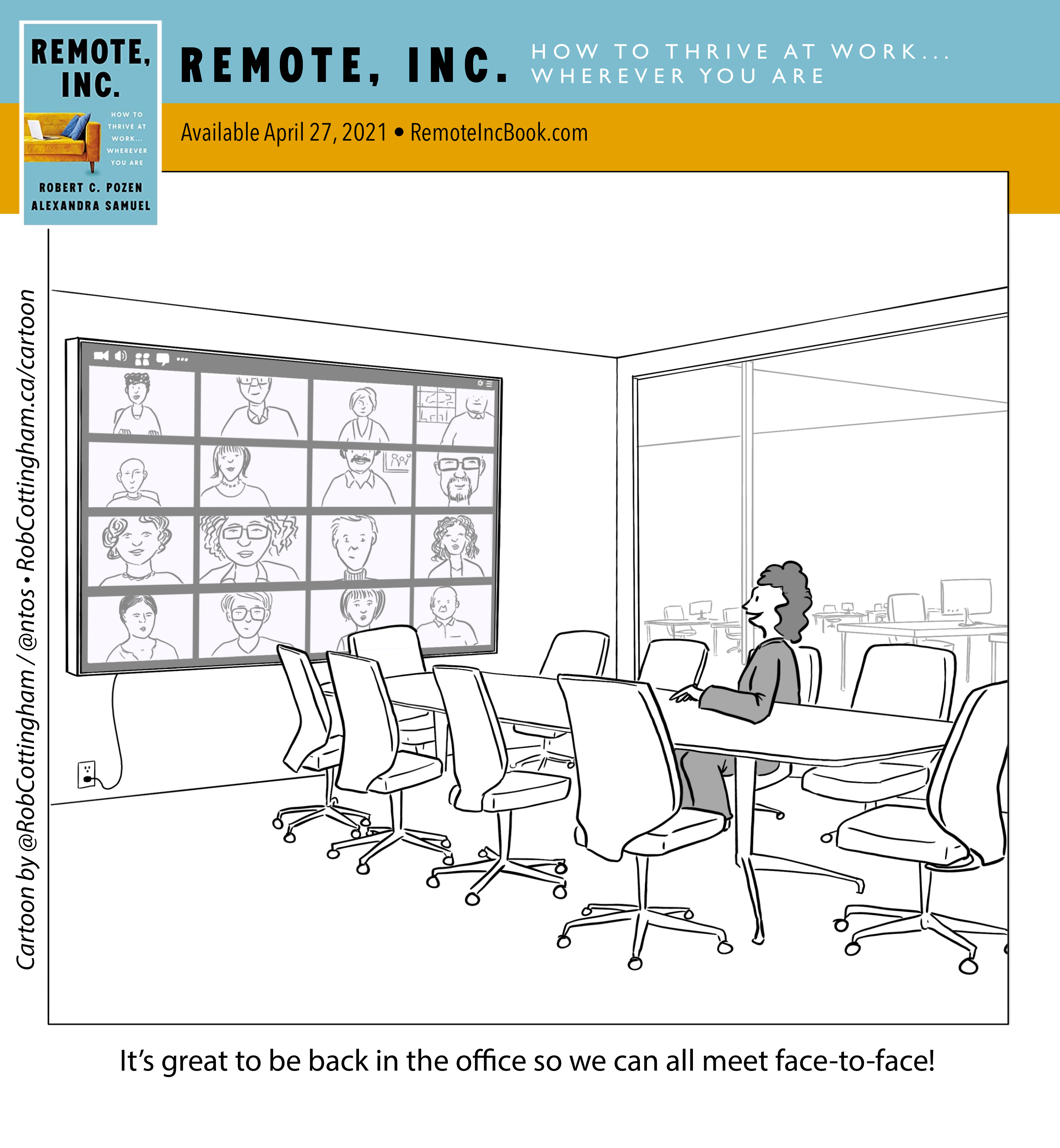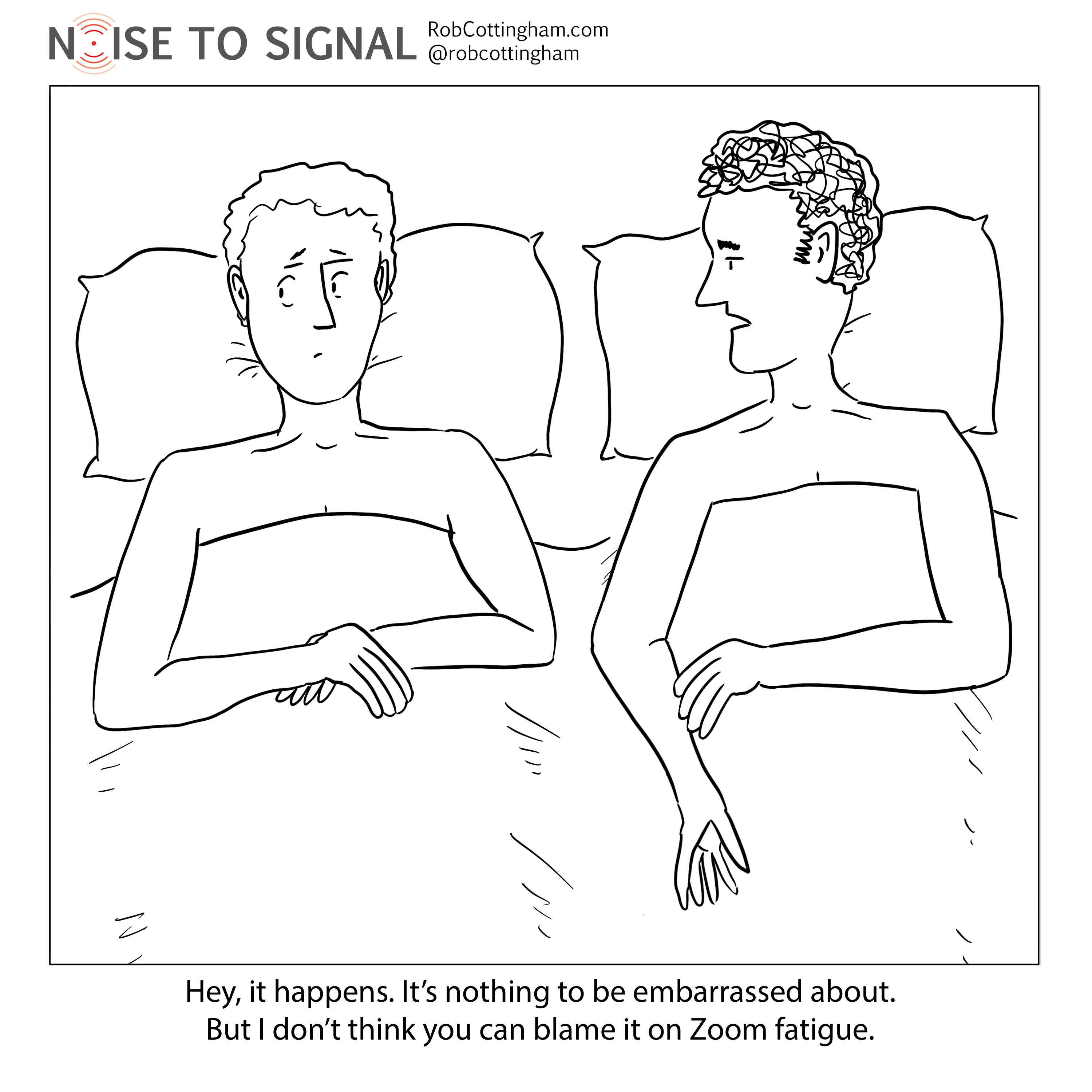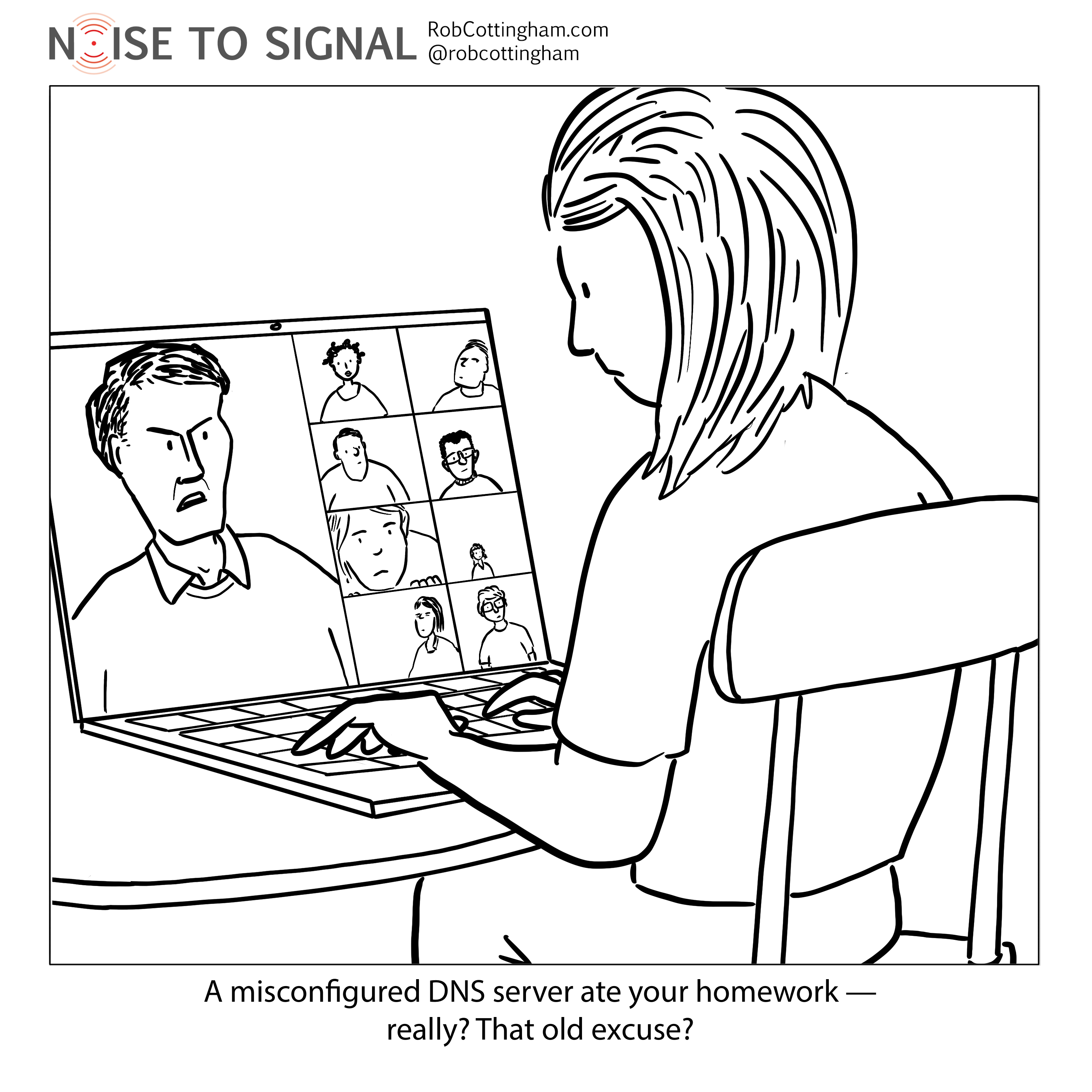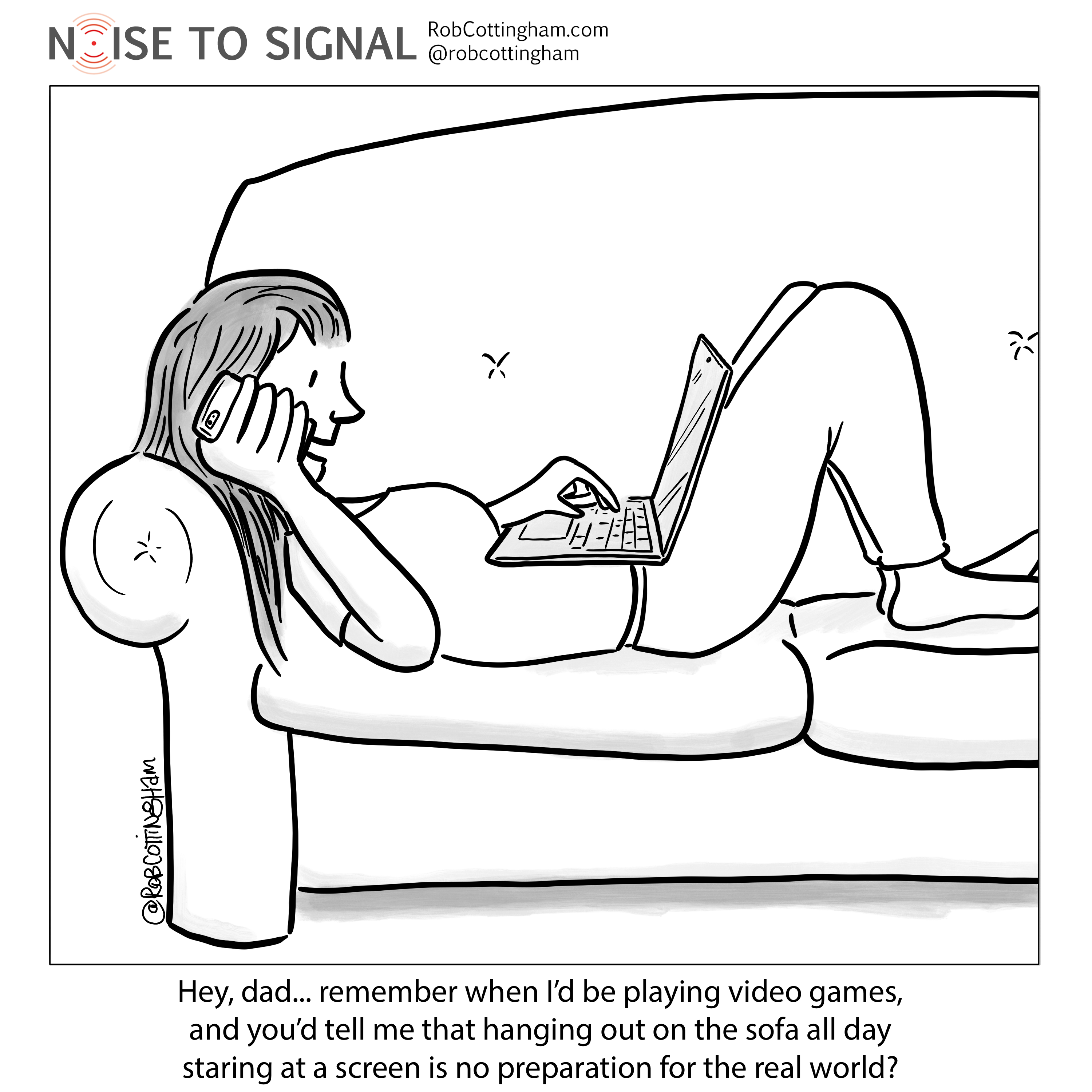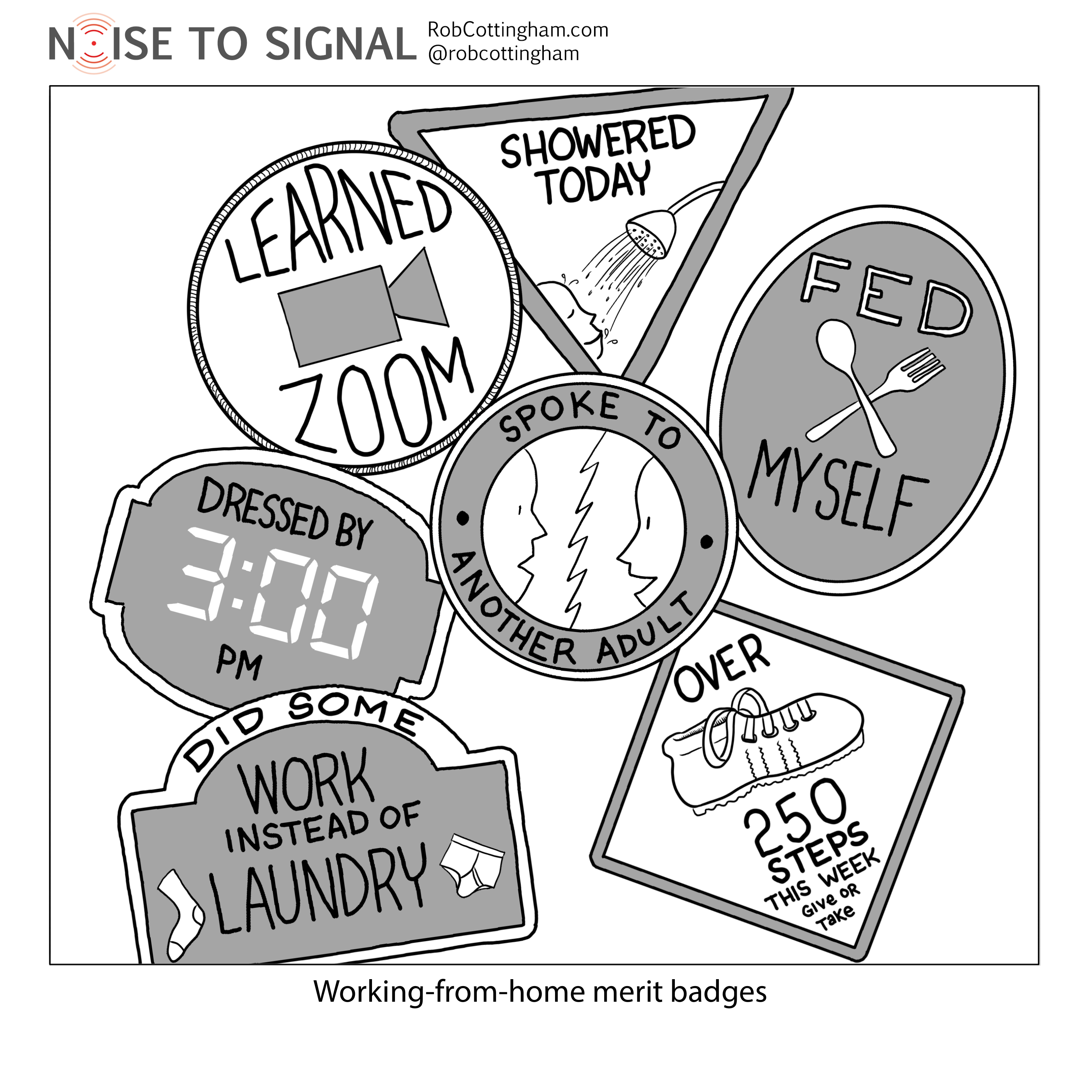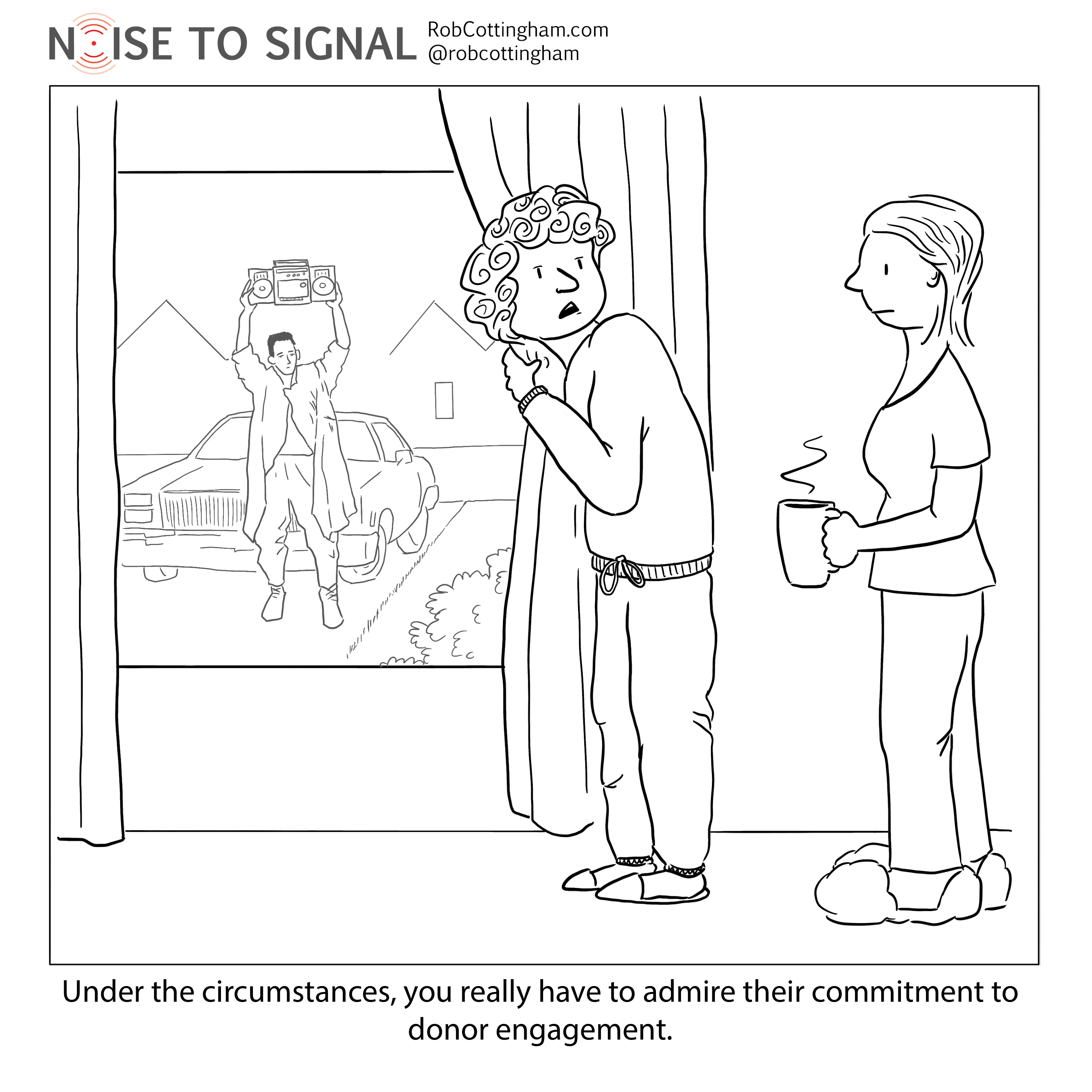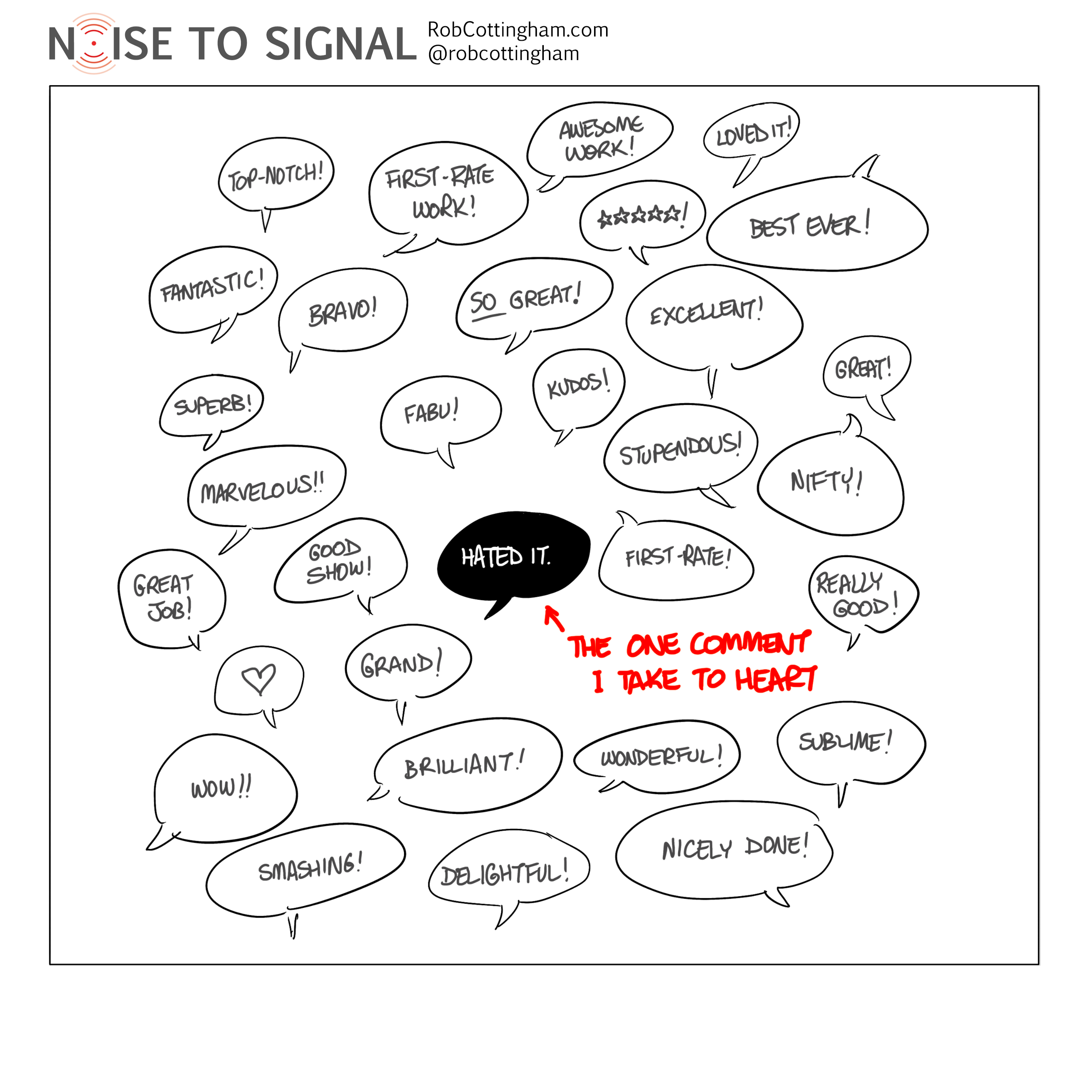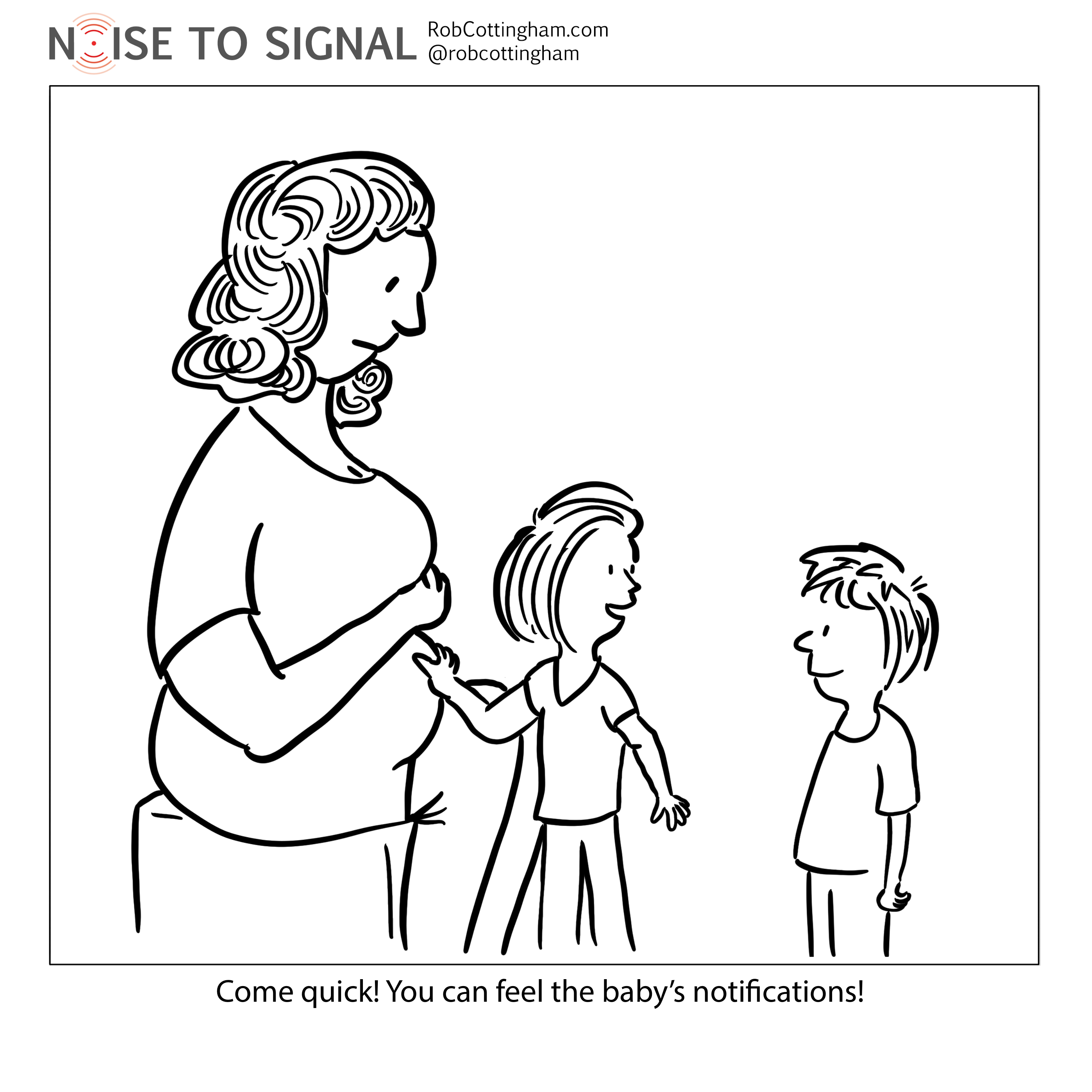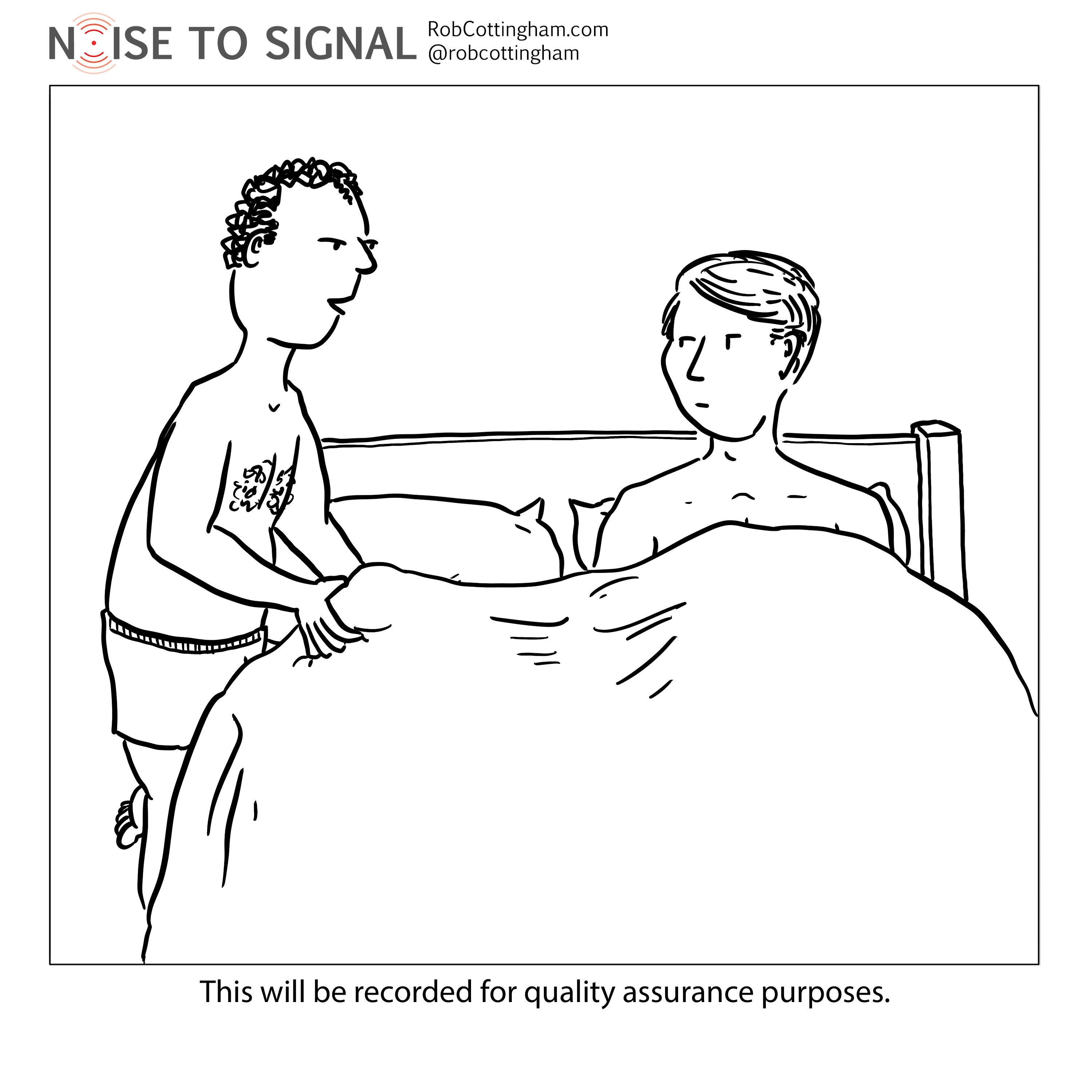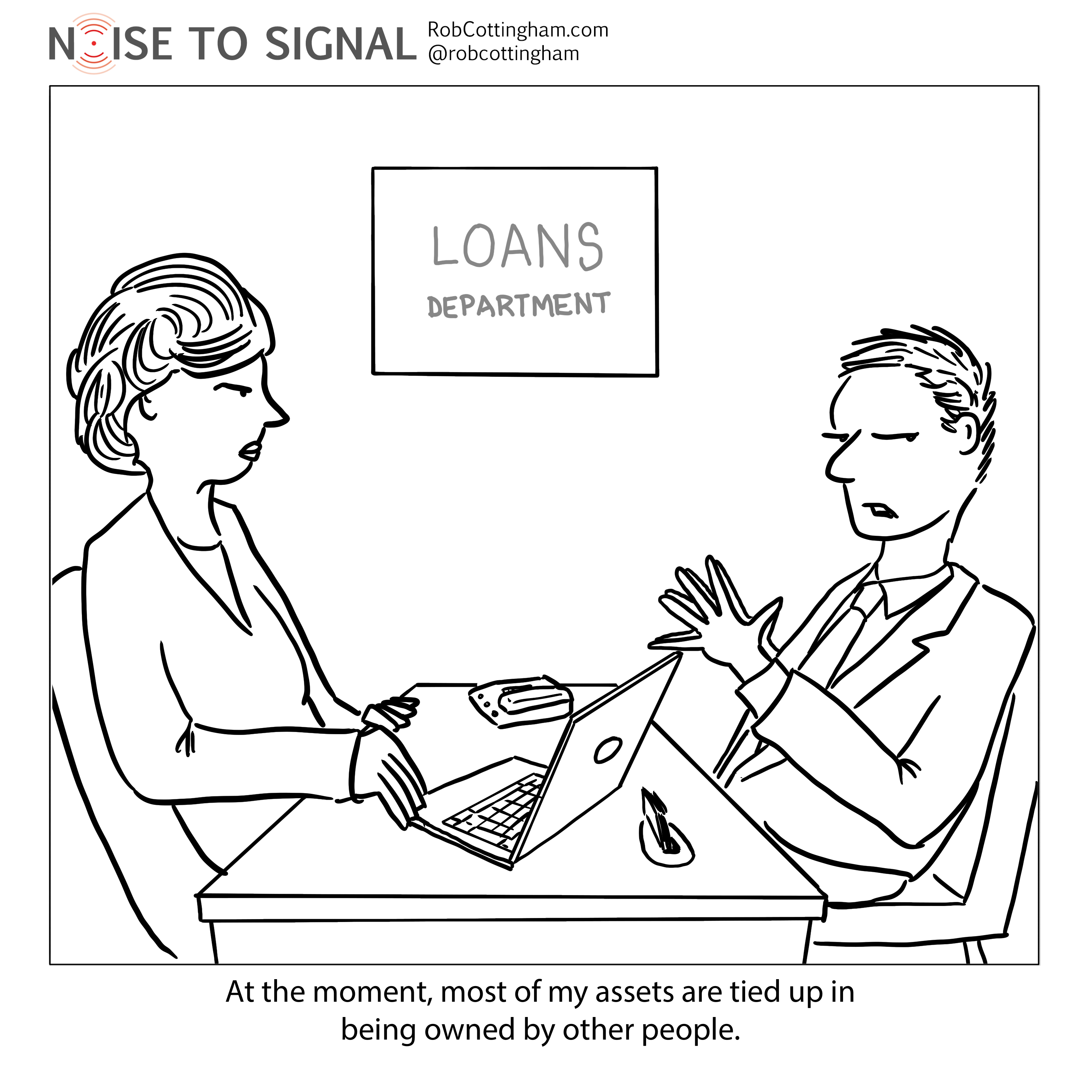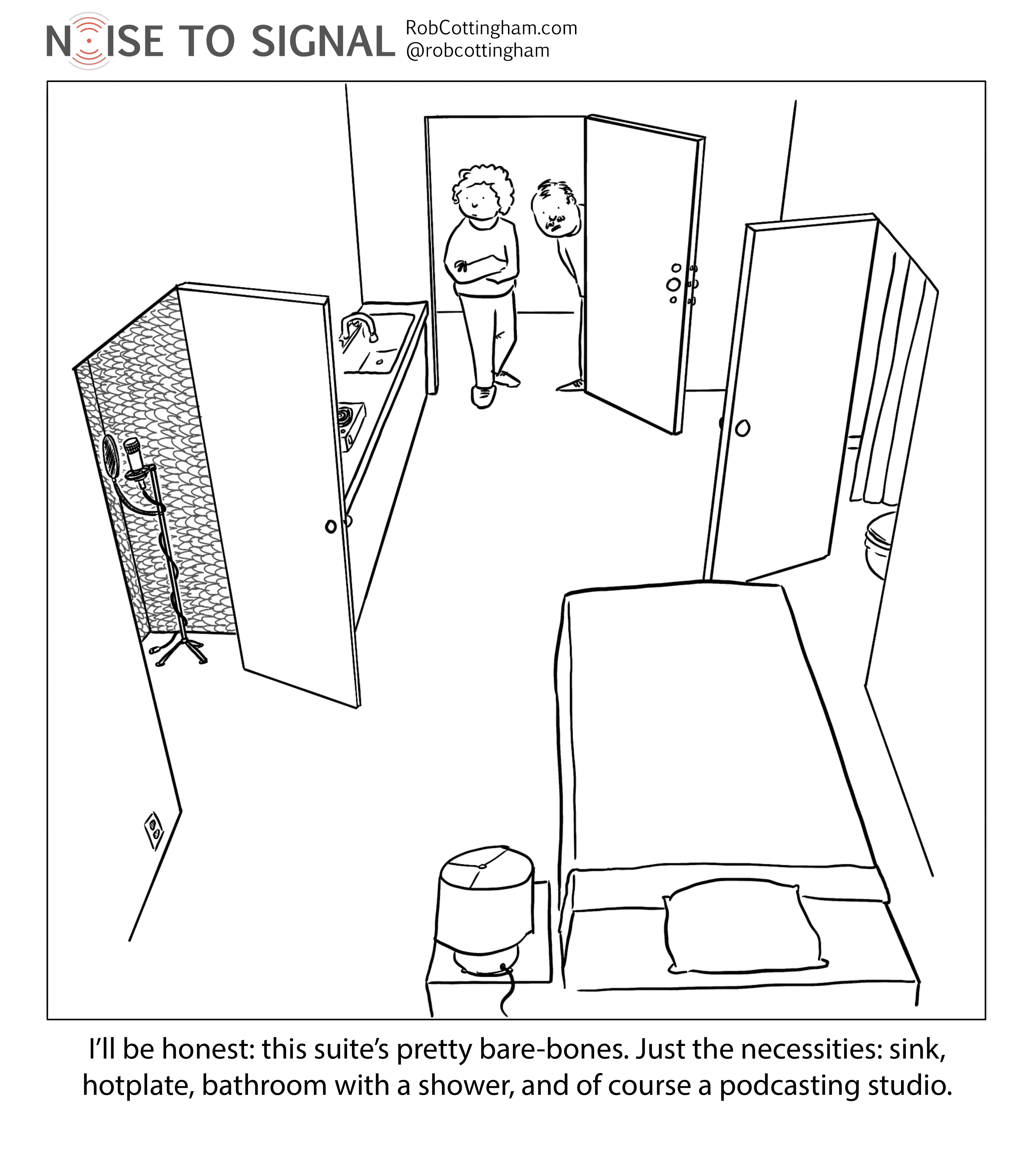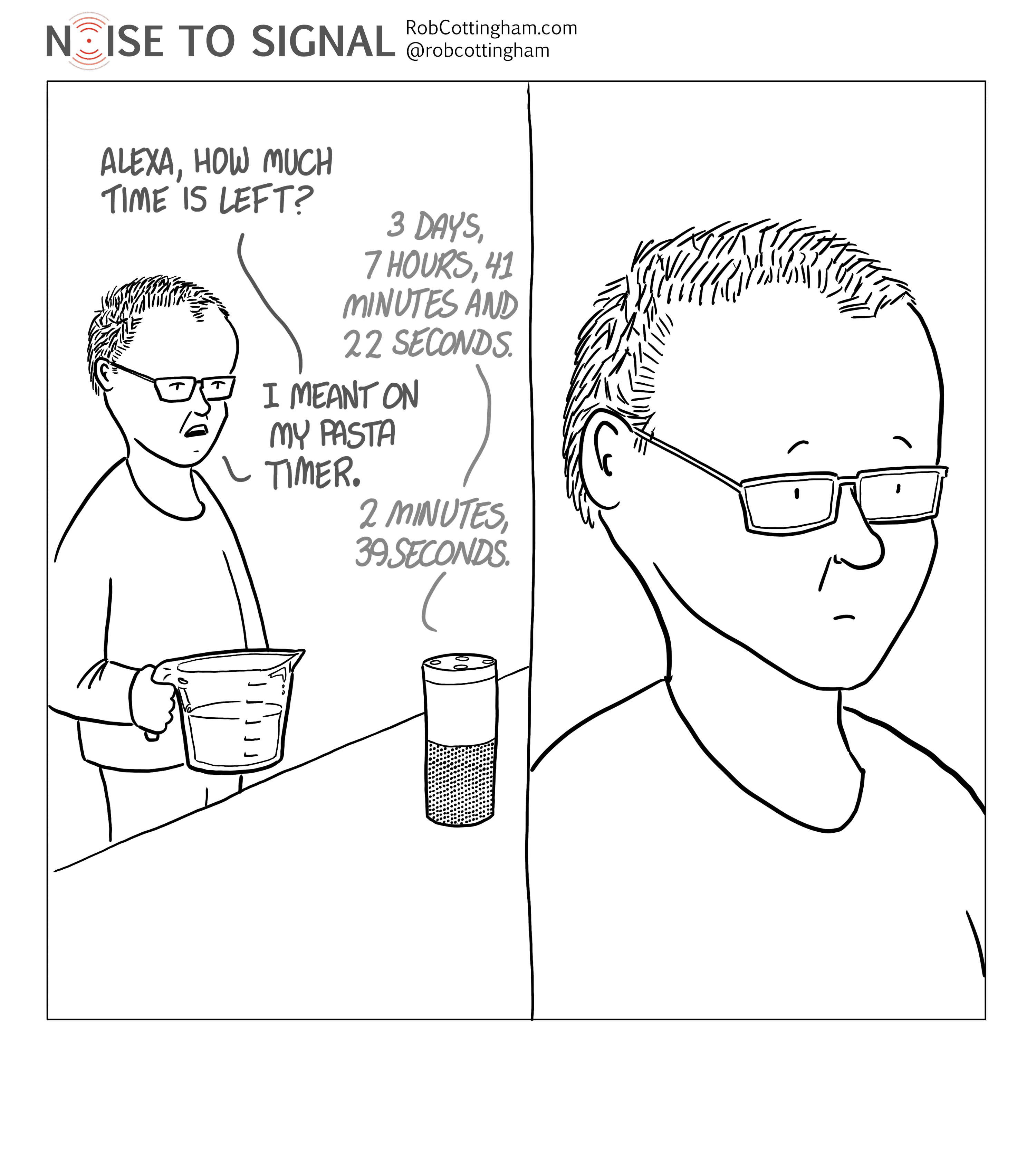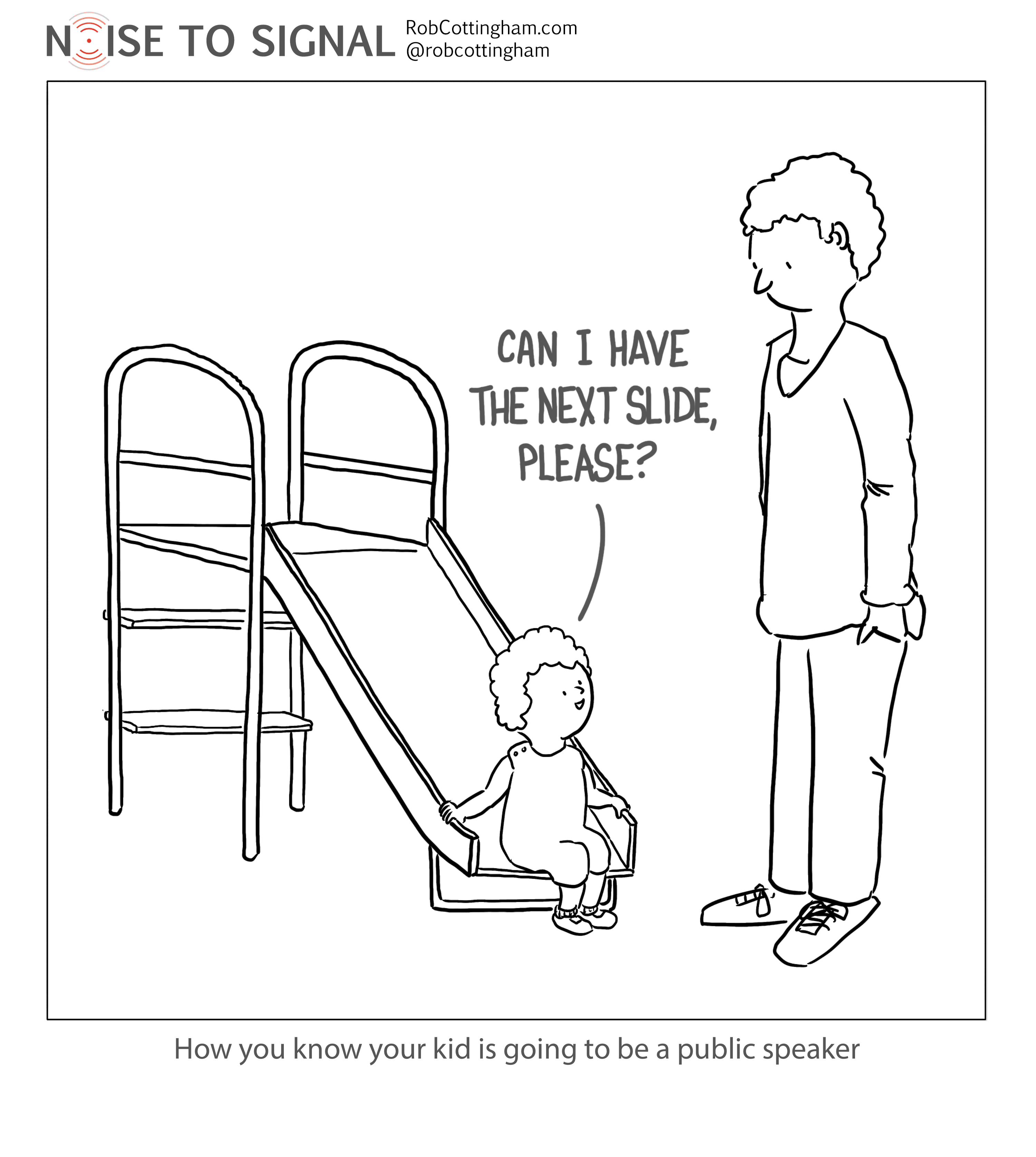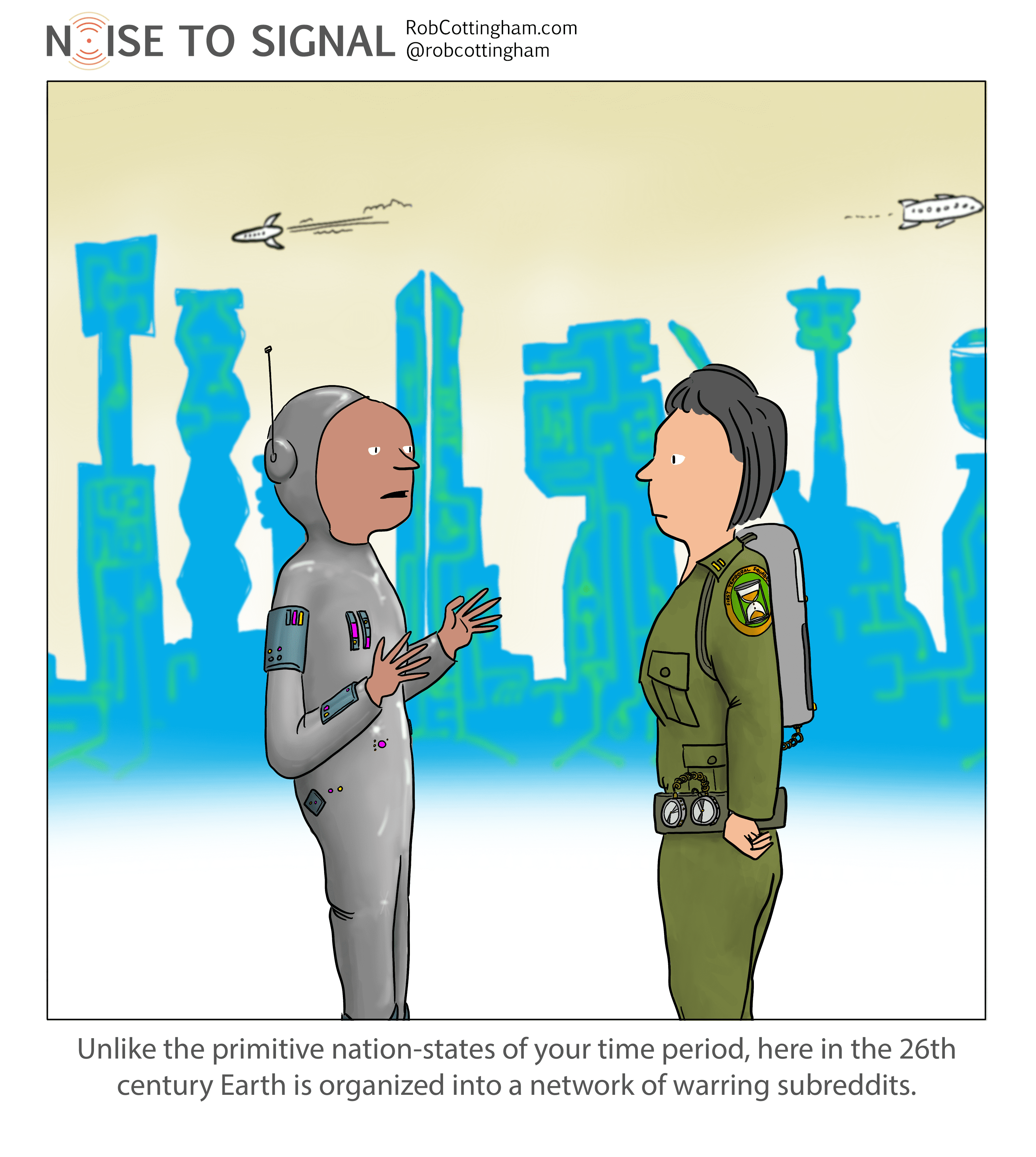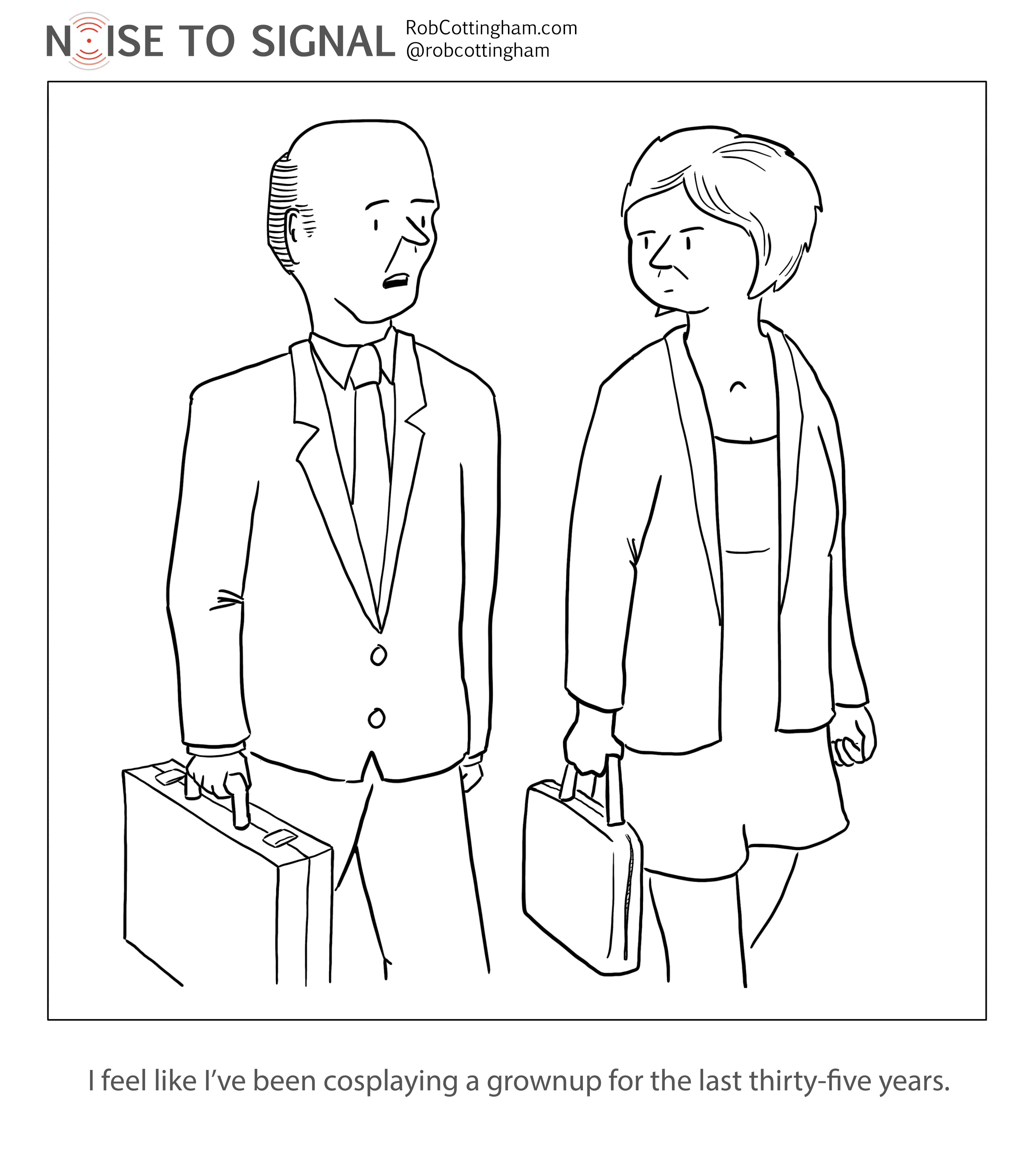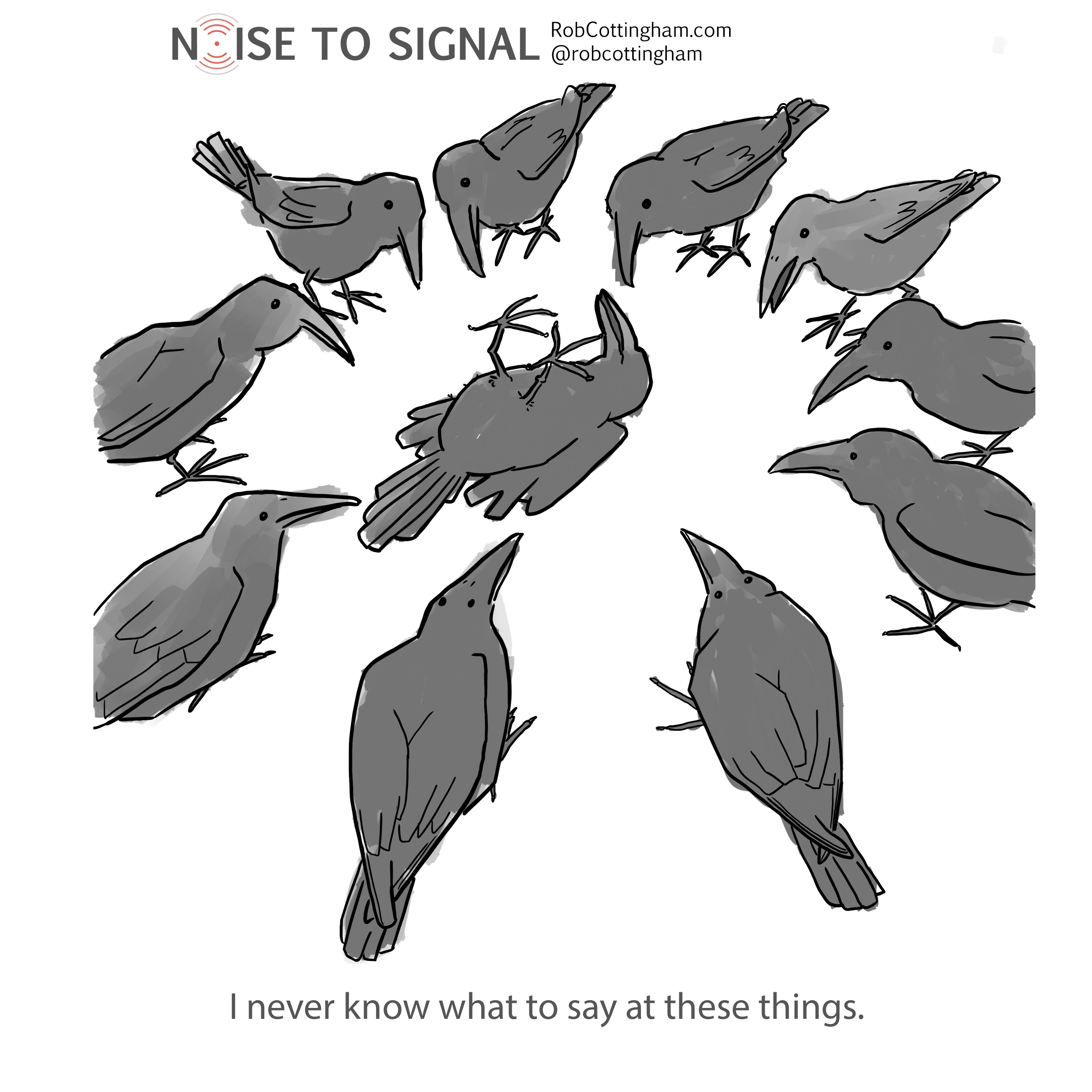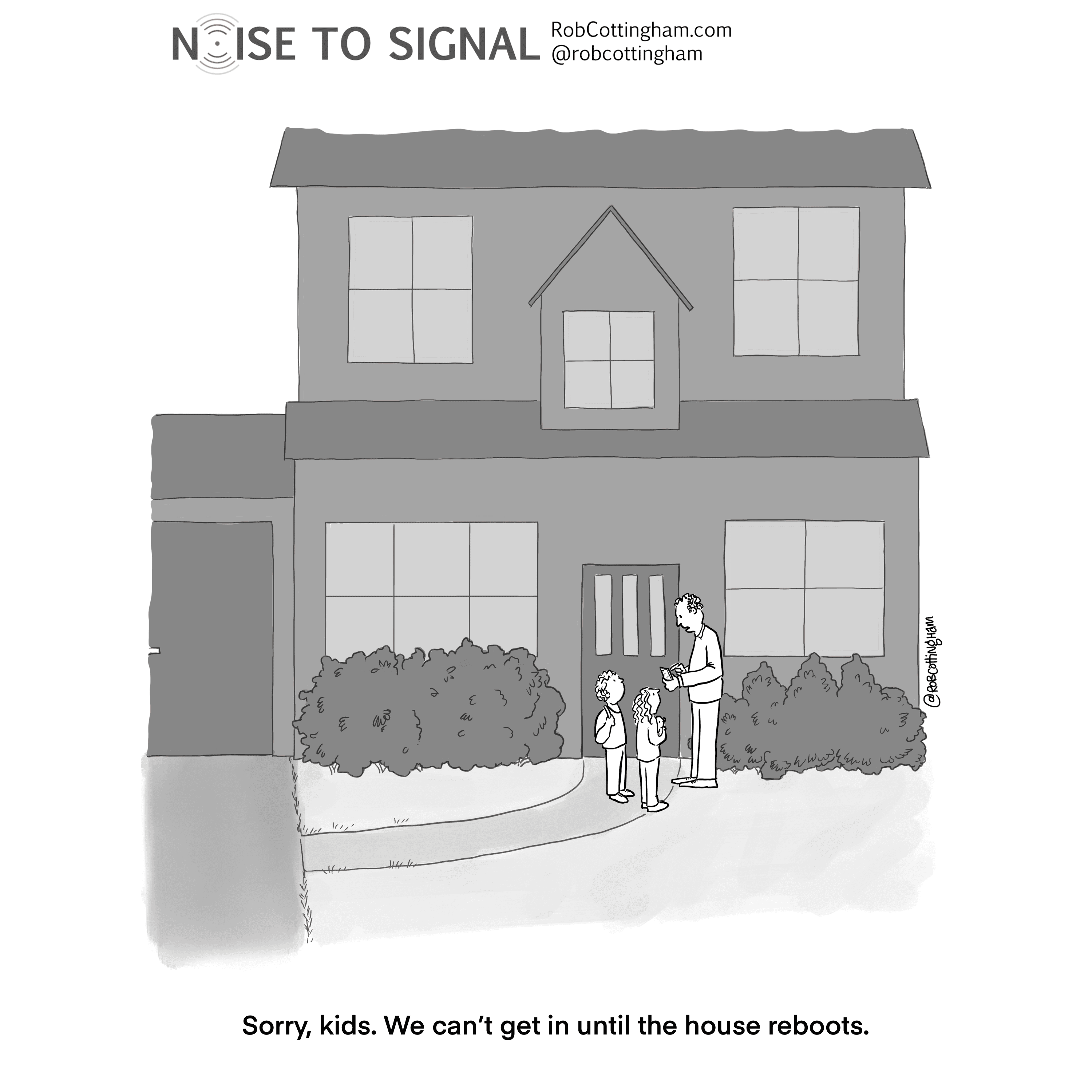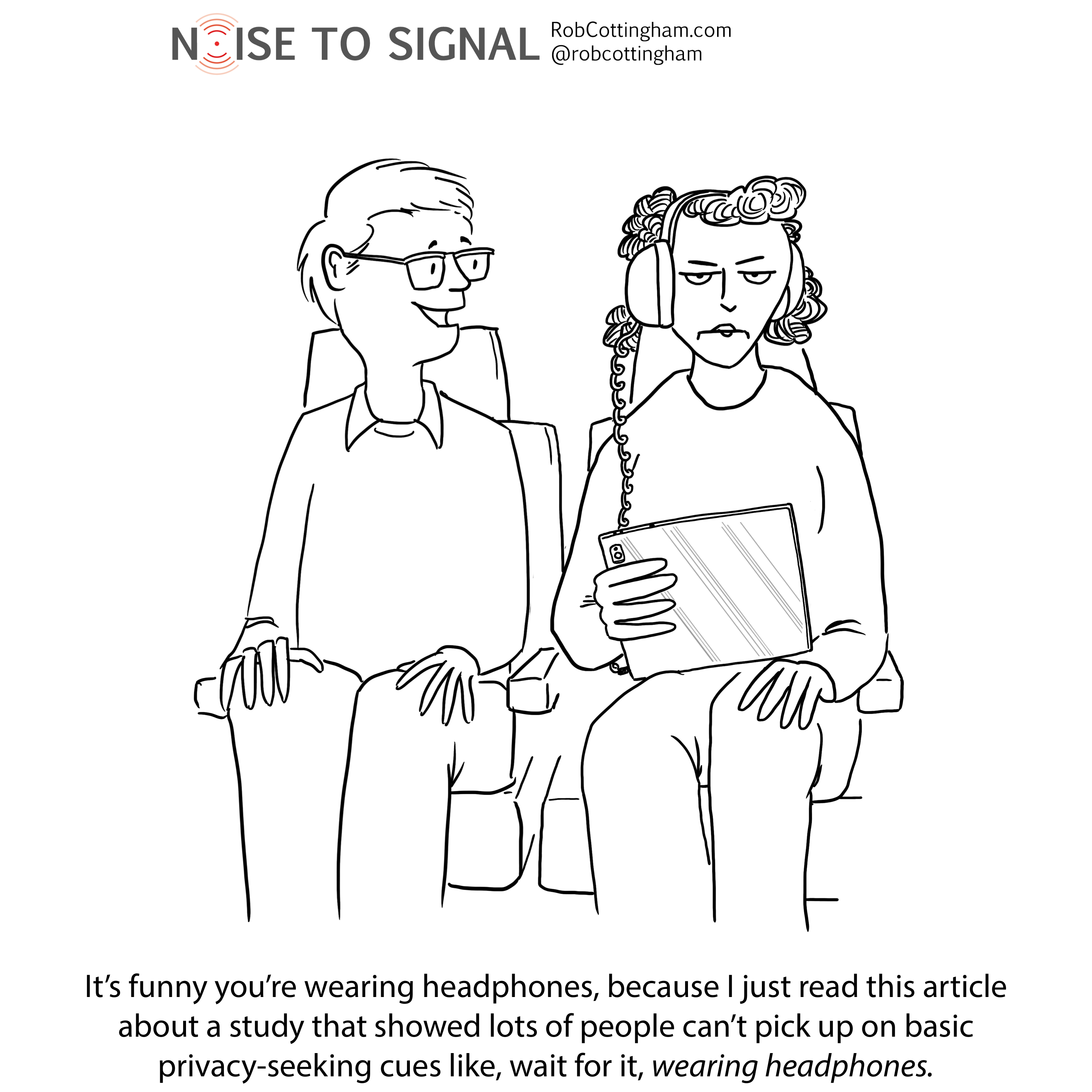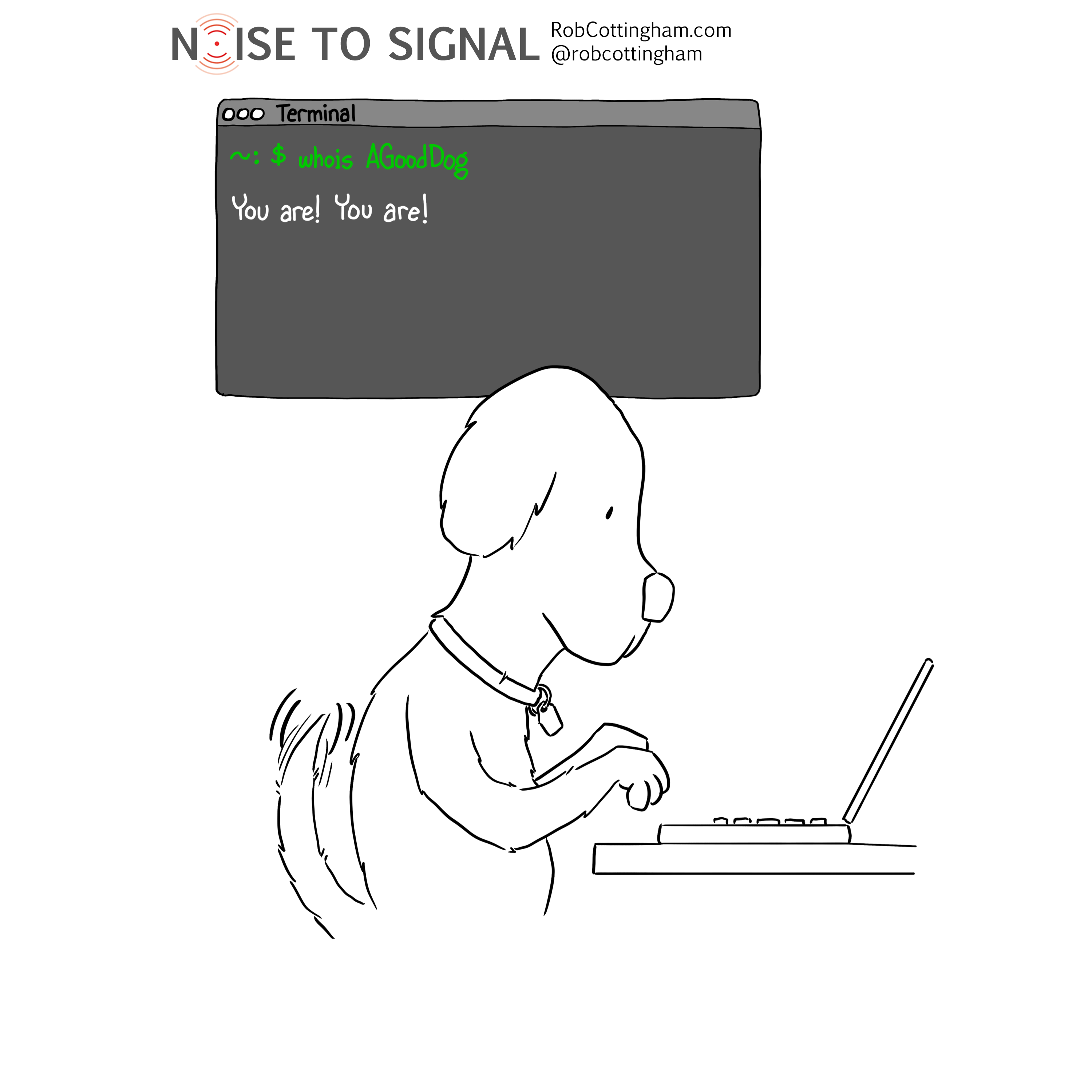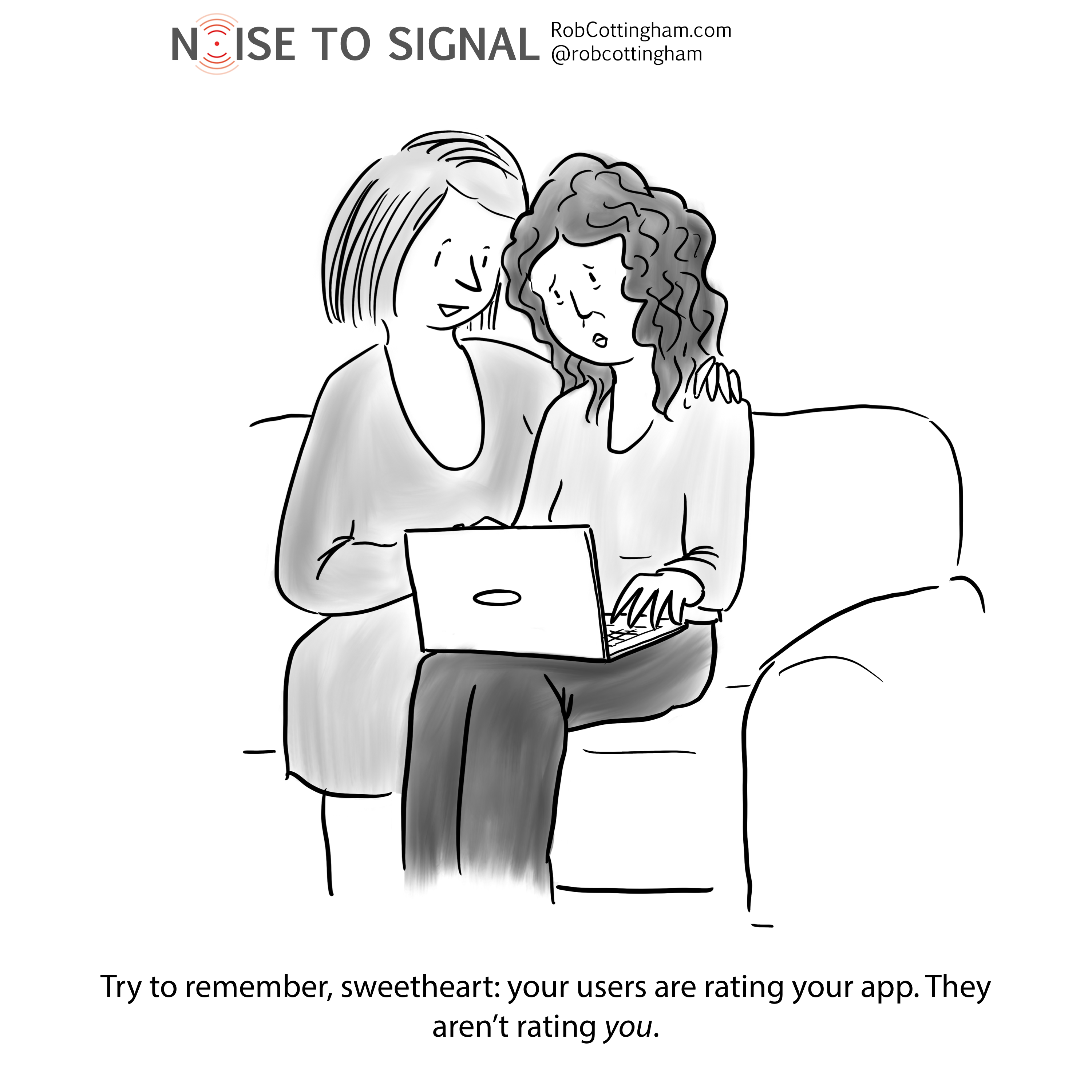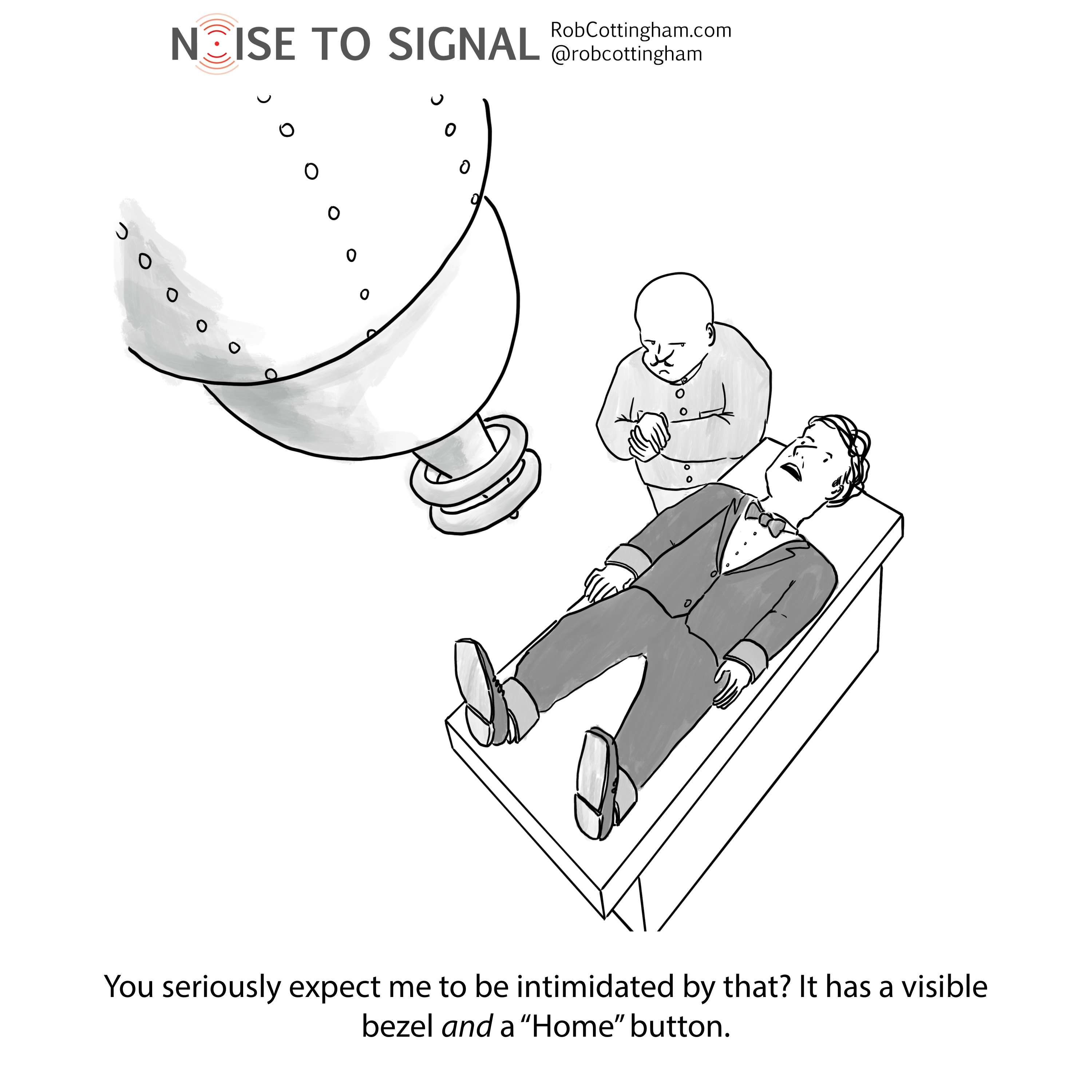Remote work has always been at least part of how I do things professionally. It’s a natural part of freelancing. But even when I’ve had a job-job, doing some work in the distraction-free environment of home was a recurring trochee in my professional rhythm.
That changed last April, when I had the very good fortune to land a 12-month term as the BC Federation of Labour’s director of communications. My last day was on Friday, capping off a year of guiding the messages and communication strategy for a terrific organization representing more than 500,000 union members throughout British Columbia.
And, like nearly all of my coworkers, I did it entirely virtually. There was no migration from the office for me; I never set foot there.
Yet despite years of working-from-home practice, it was a challenge to keep my BCFED work from encroaching on my personal life. (And vice versa, with unexpected puppy Zoom-bombing being one of the least intrusive incursions.)
That was partly because of the lack of physical separation — with remote work, there’s none of that psychological break that comes from walking out the office door.
But it was also the fact that I care a lot about the work I do. (Which is a tremendous privilege: A lot of people have jobs they find at best meh and at worst awful.)
And this job was no exception. The BCFED had to take on a remarkable challenge: advocating for working people, equity and justice in a pandemic that both raised the stakes dramatically, and transformed the way we do that work. It’s been a fascinating opportunity to find new ways to connect, collaborate, mobilize and effect change. And I wouldn’t have missed it for the world.
I’m delighted to return to my clients and freelance practice, but I’ll miss working with my friends at the Fed. My advice: When you have the chance to work with talented, dedicated people around values that matter to you, jump at it.
* * *
Of course, one thing that’s helped me navigate the challenges of my first-ever entirely remote full-time job is having a front seat as my wife Alexandra Samuel and her co-author Robert C. Pozen wrote Remote, Inc. — the definitive guide to (as the subtitle puts it) thriving at work wherever you are.
It’s a practical, hands-on guide for employees and managers alike, and not just for COVID times: Remote, Inc. will help you navigate the fusion of remote and on-site work that’ll emerge as the new post-pandemic normal.
It launches on April 27, but you can pre-order right now.

